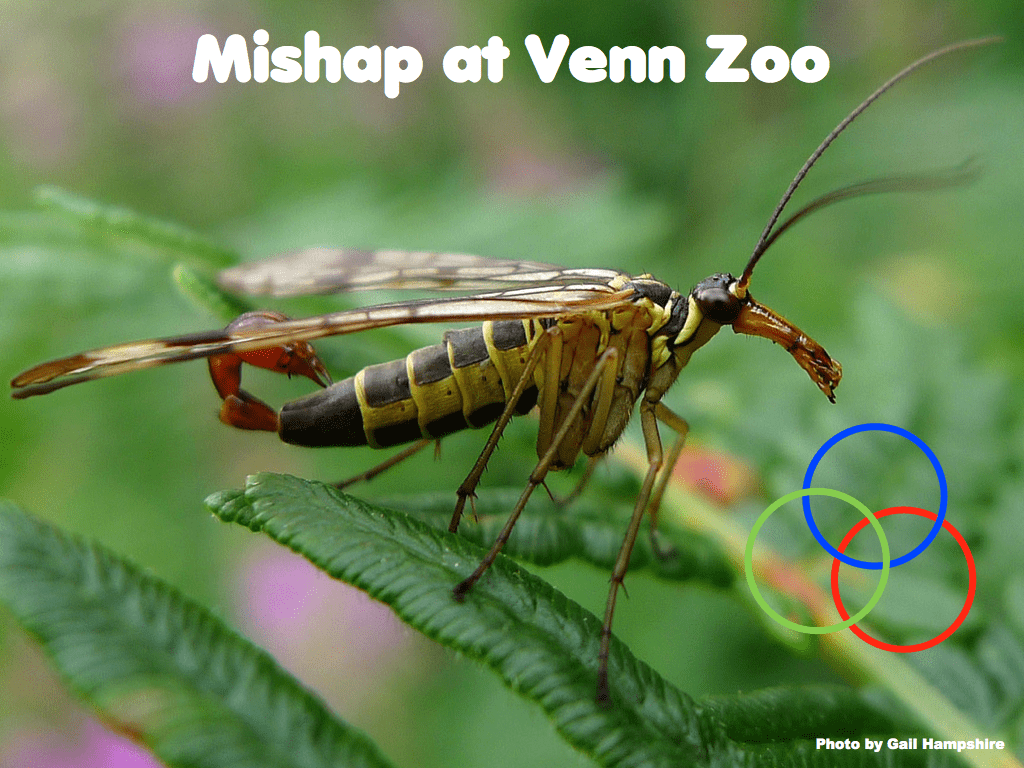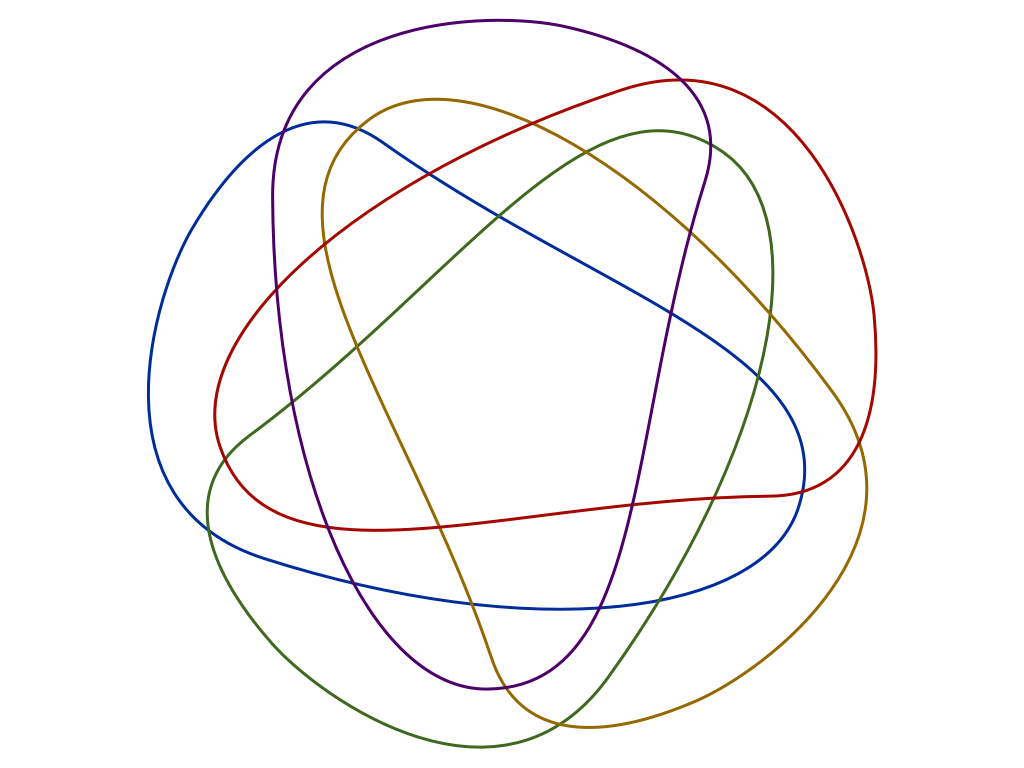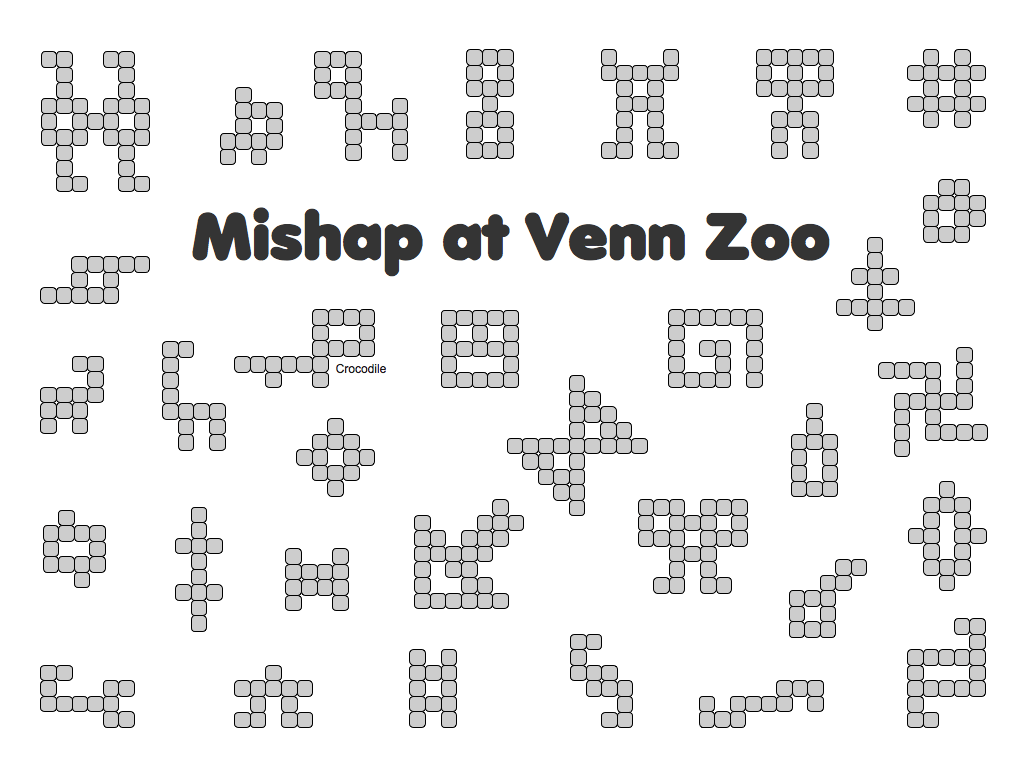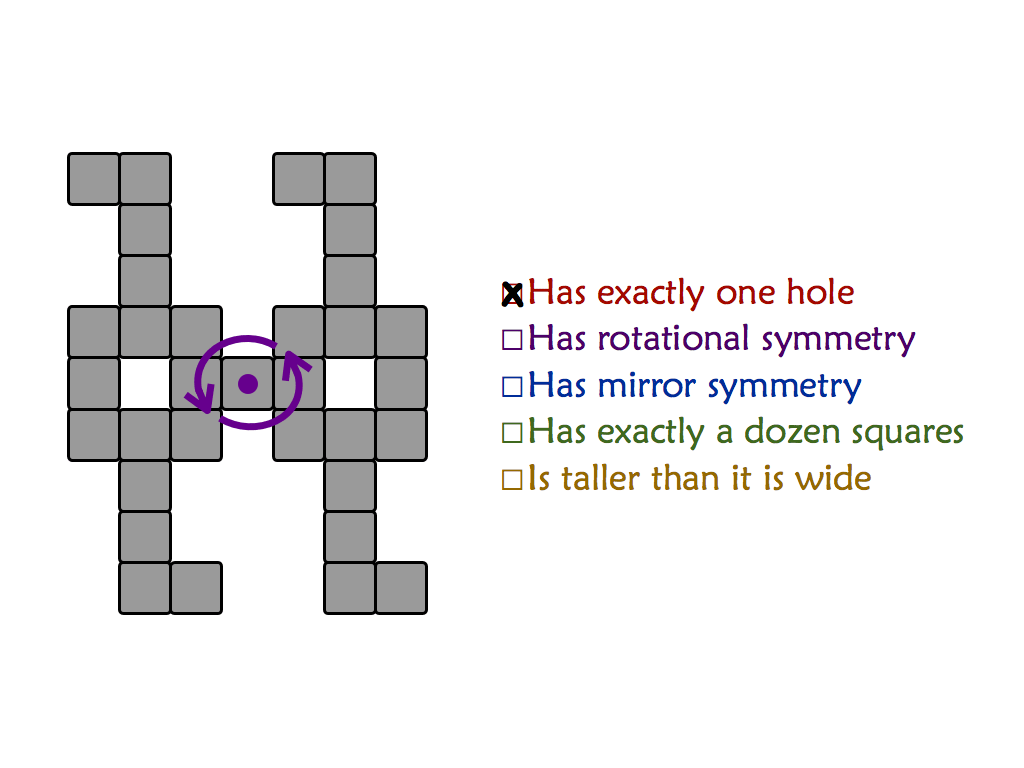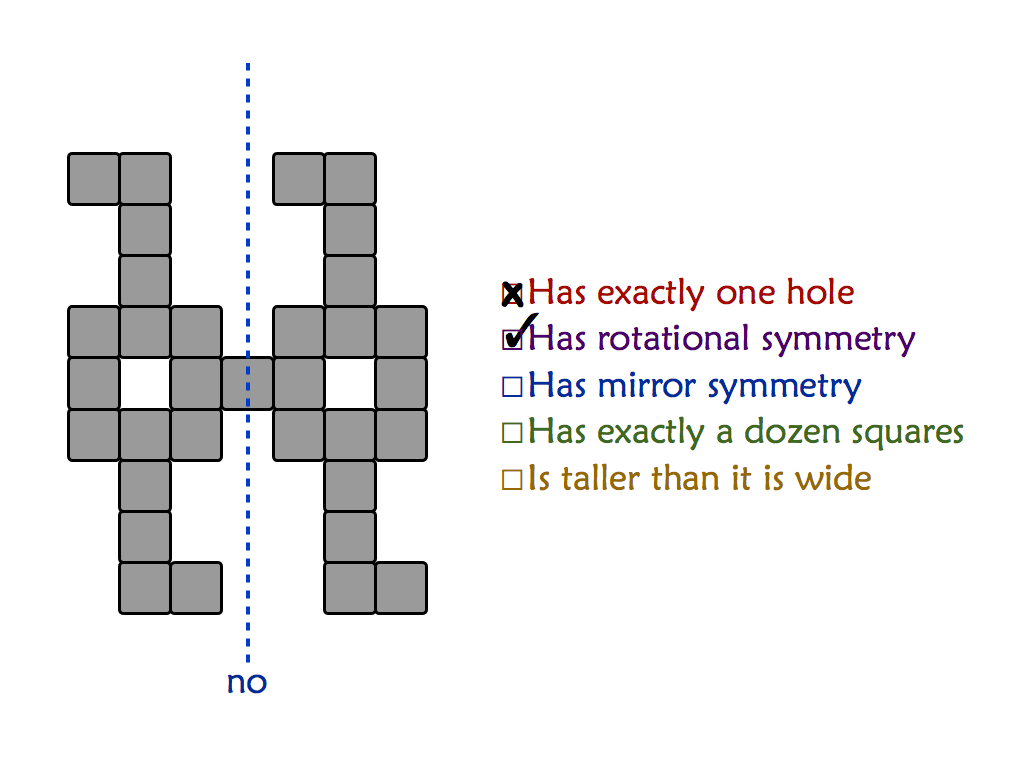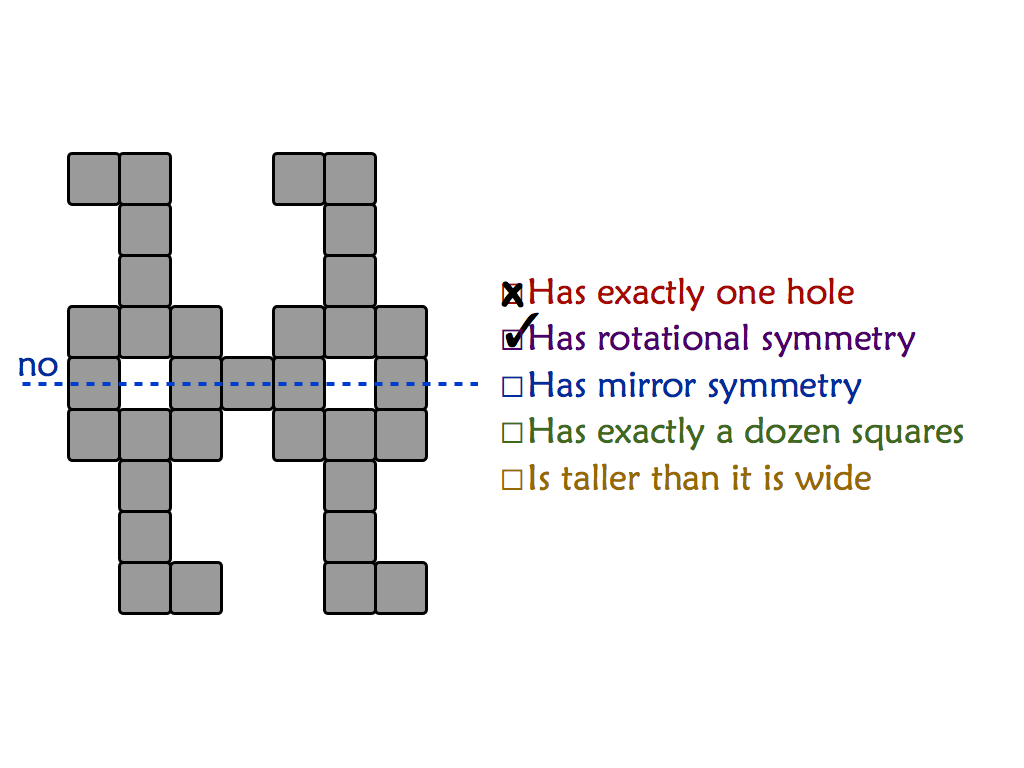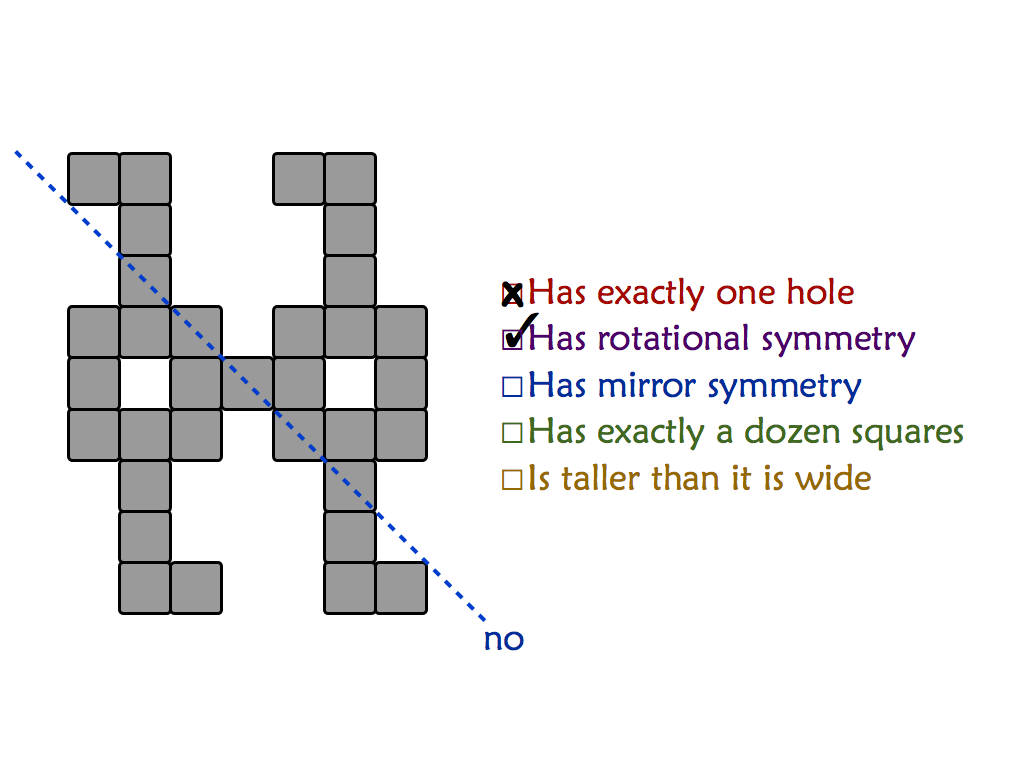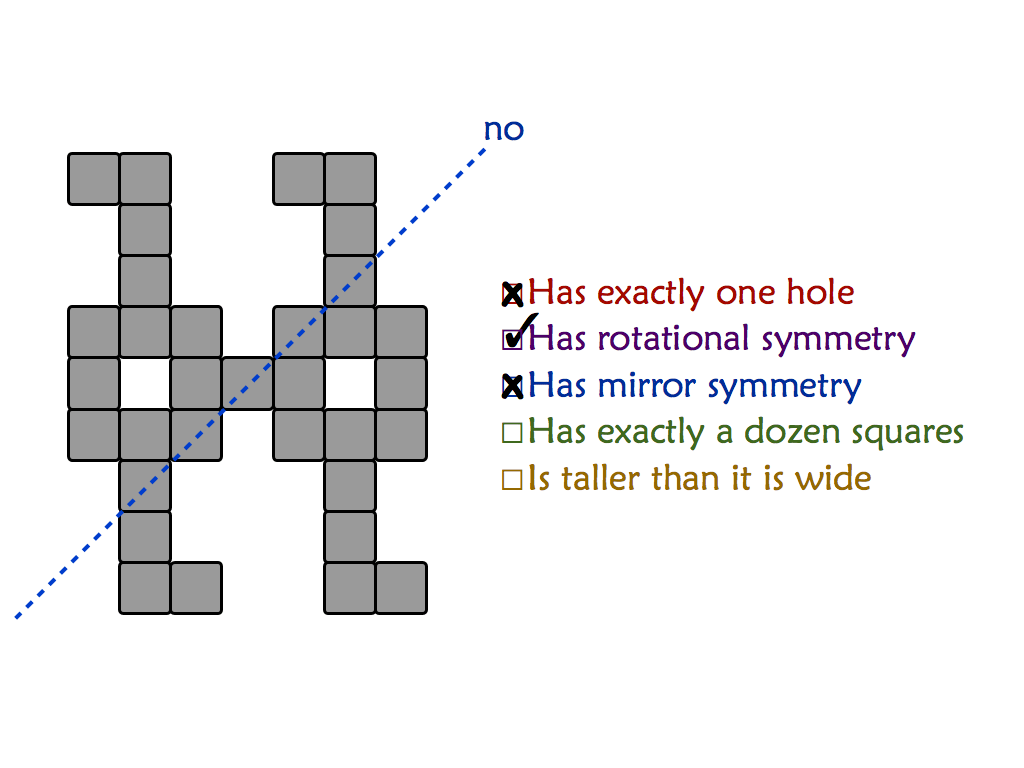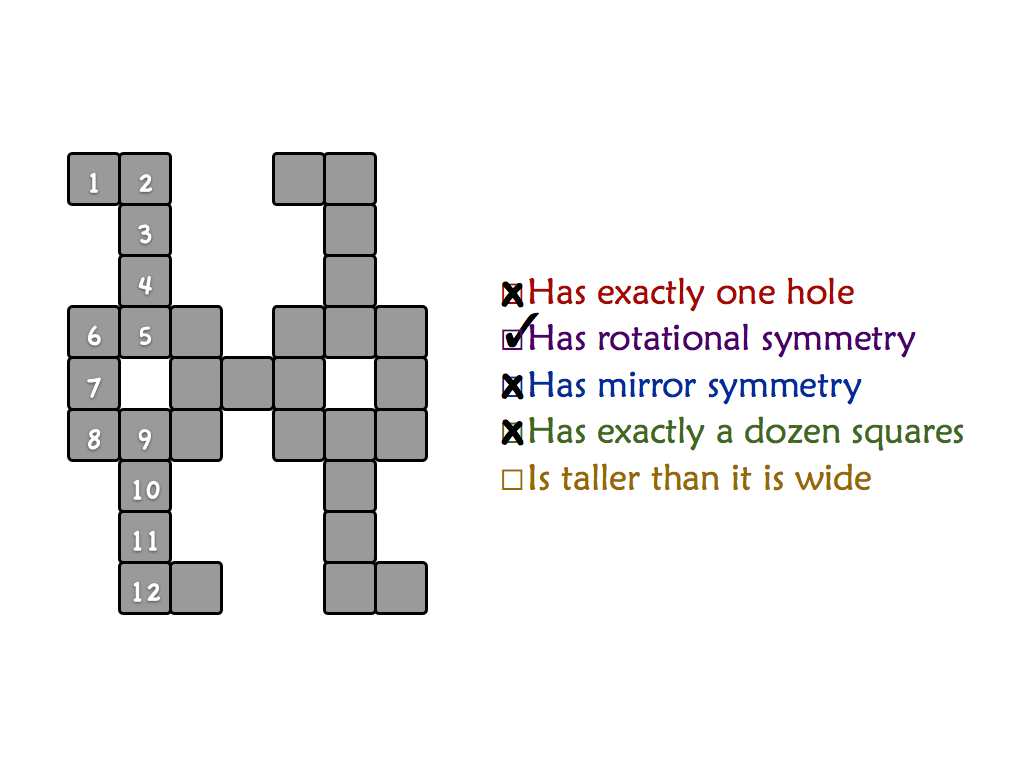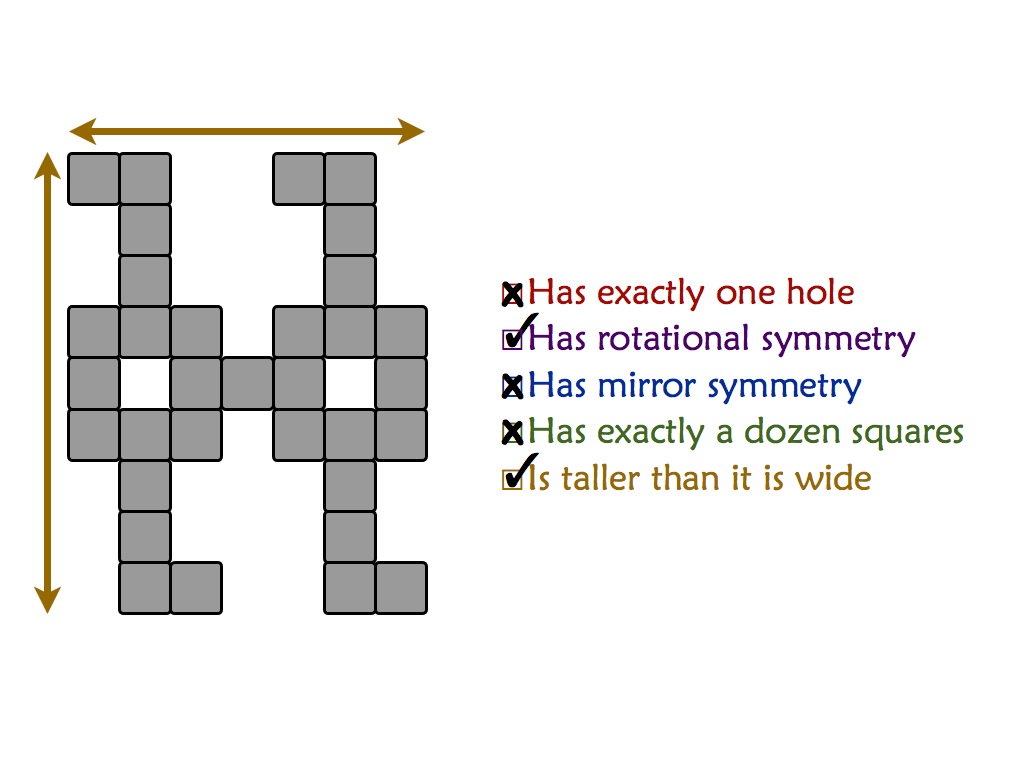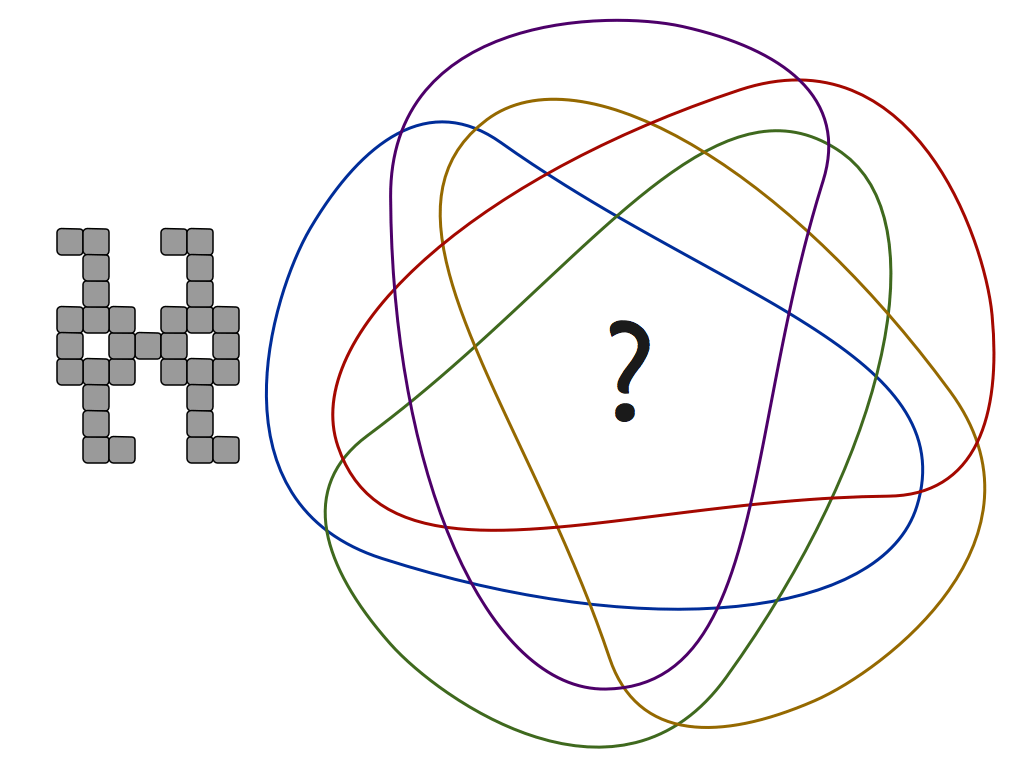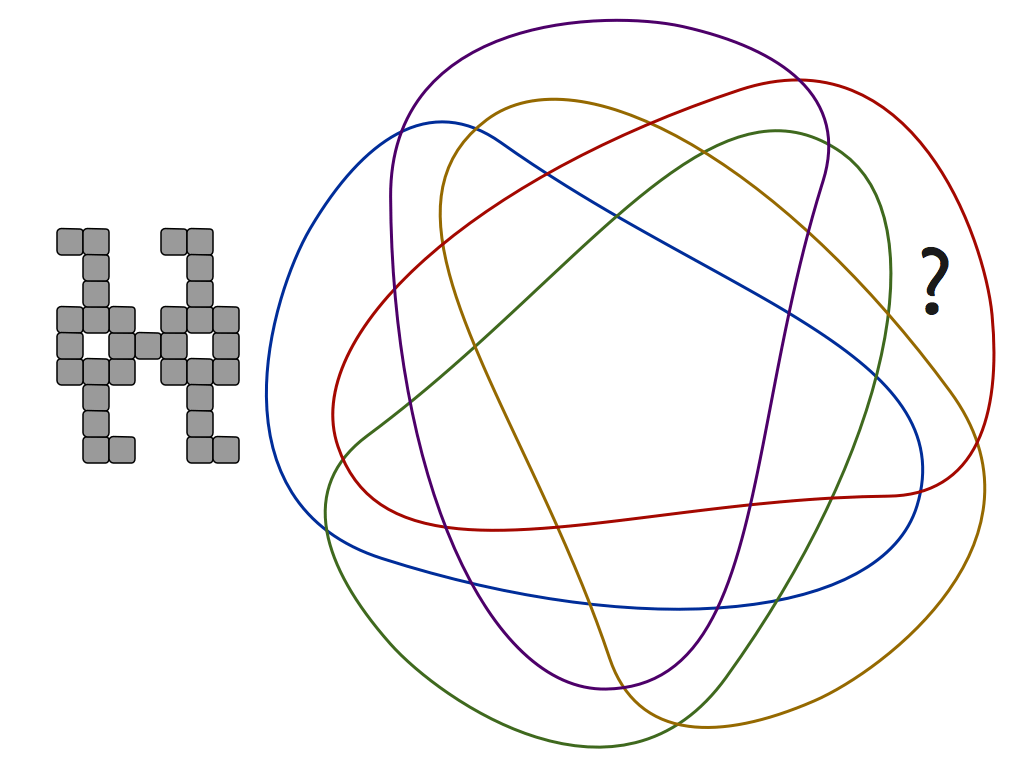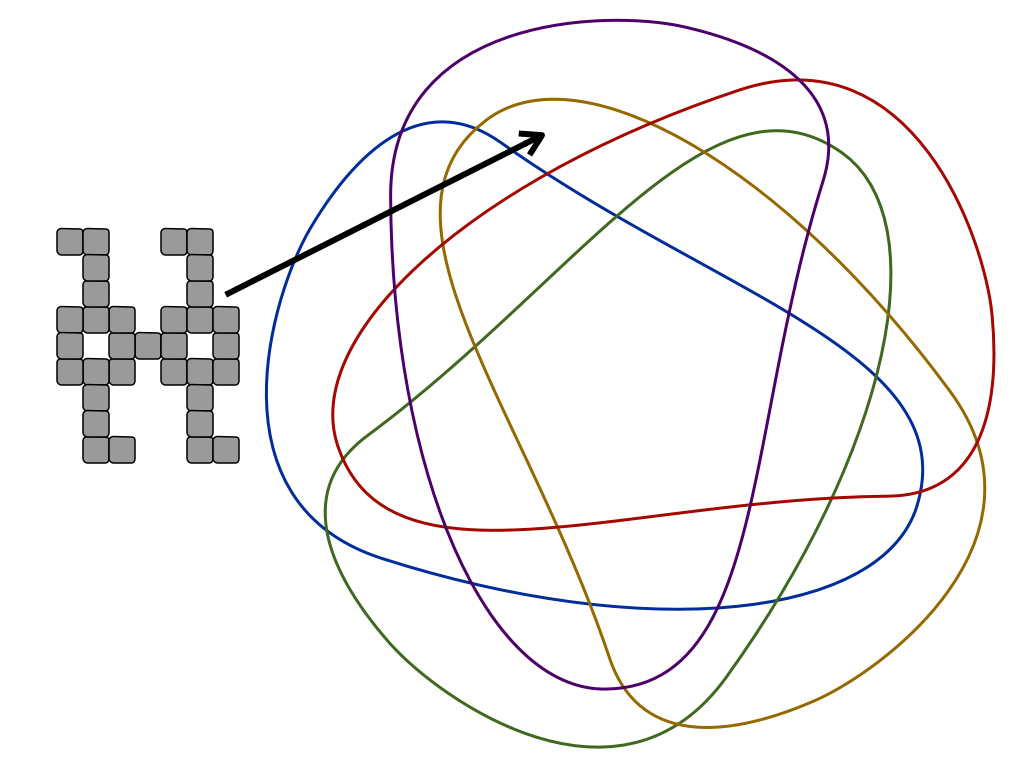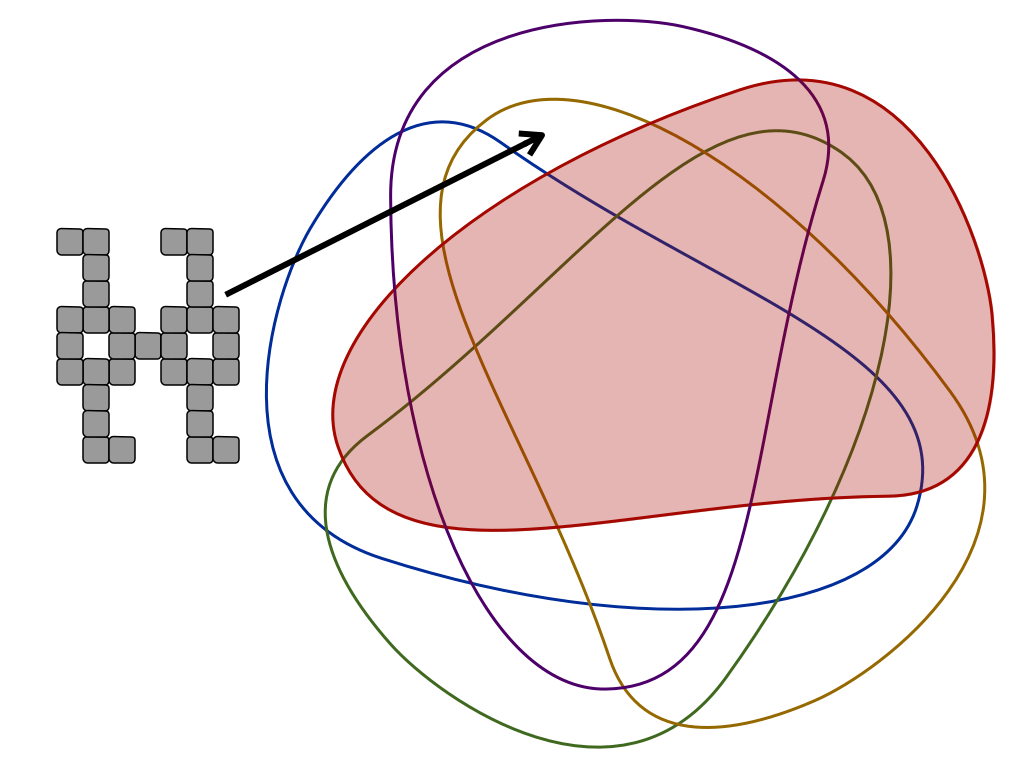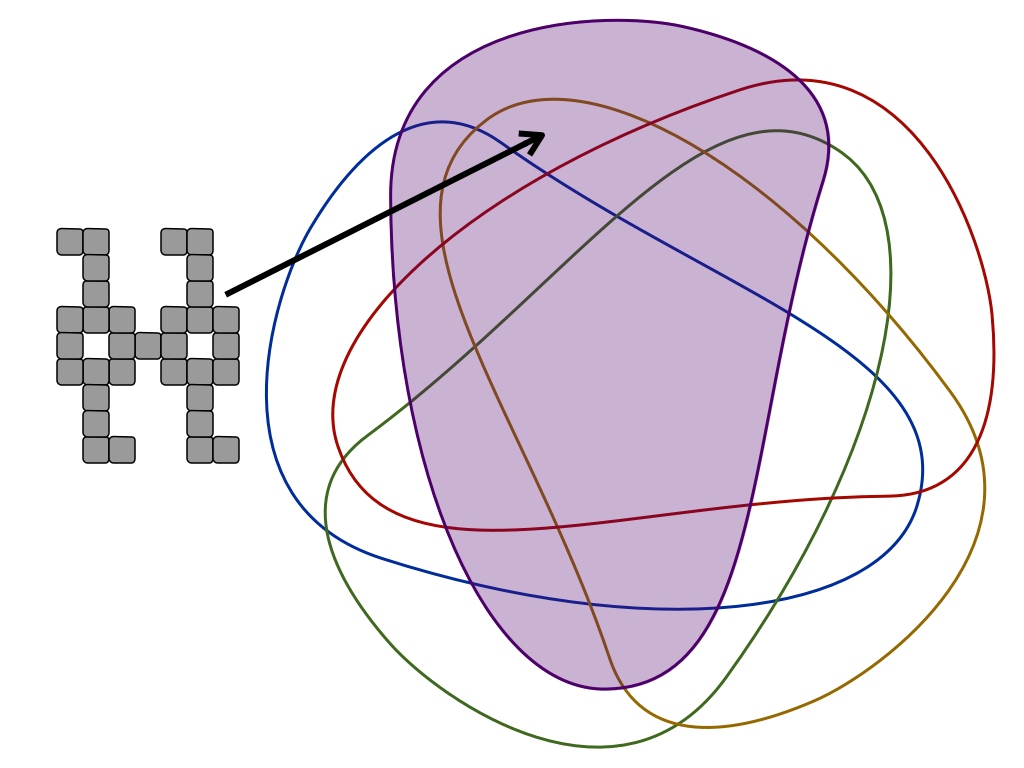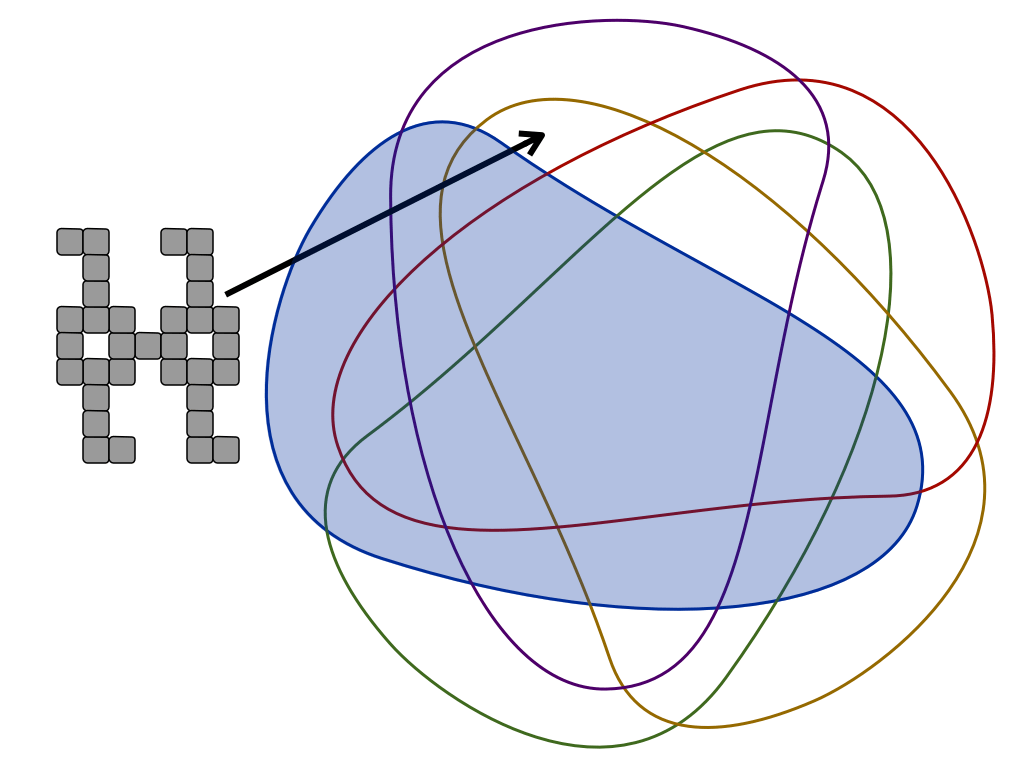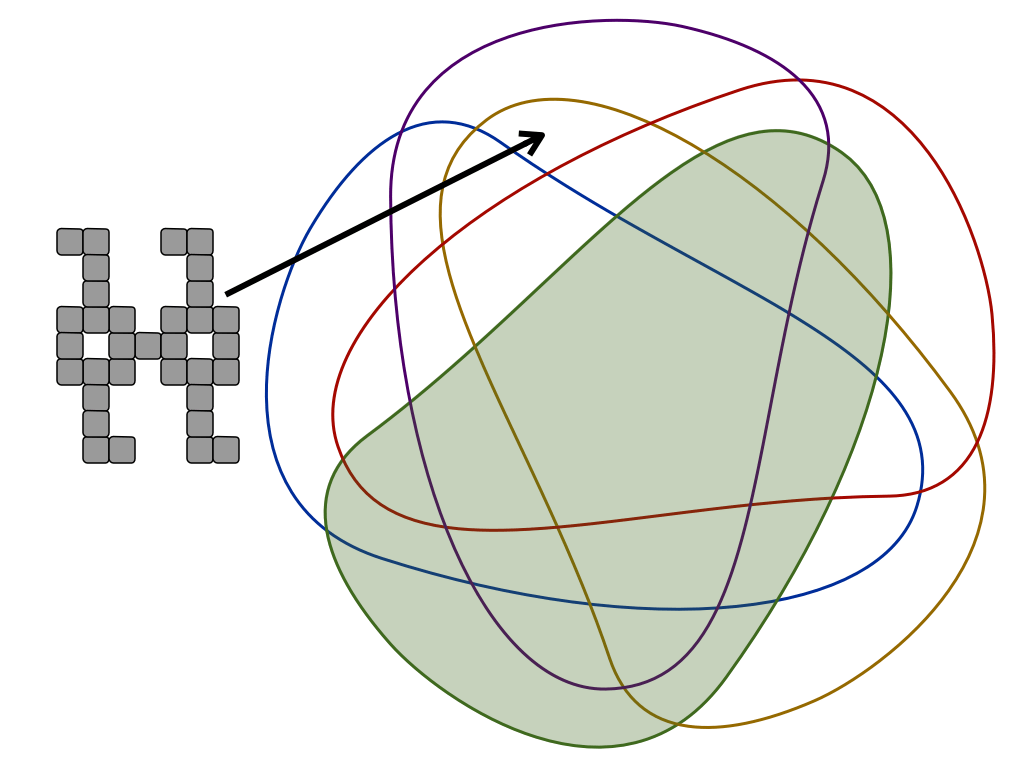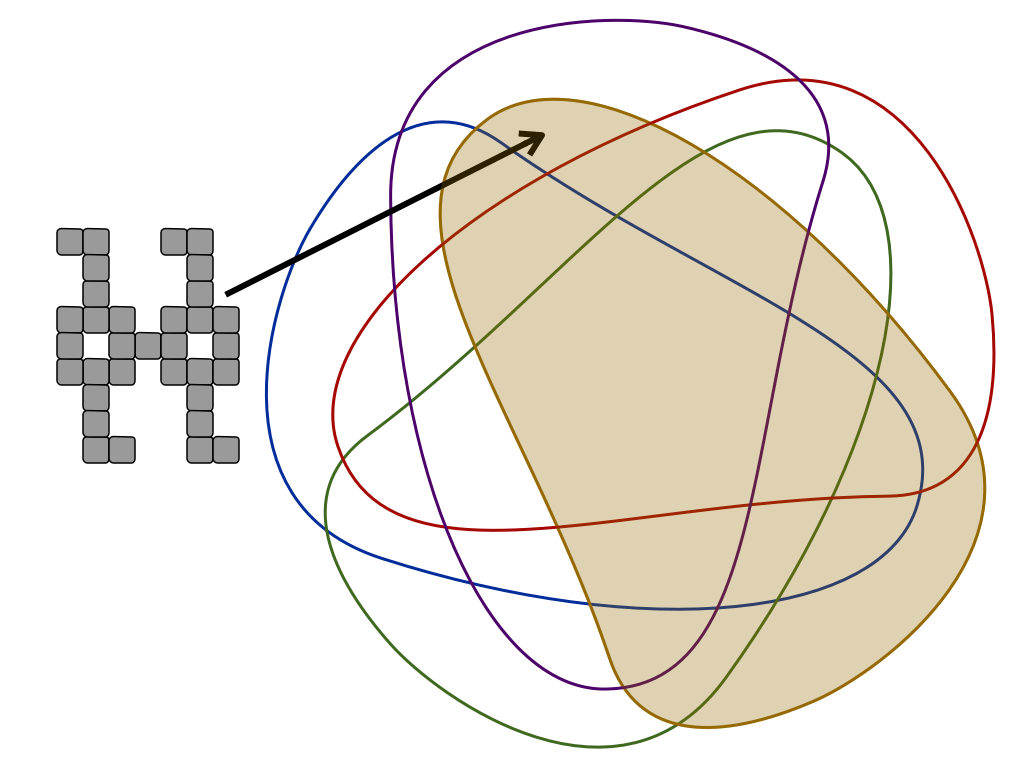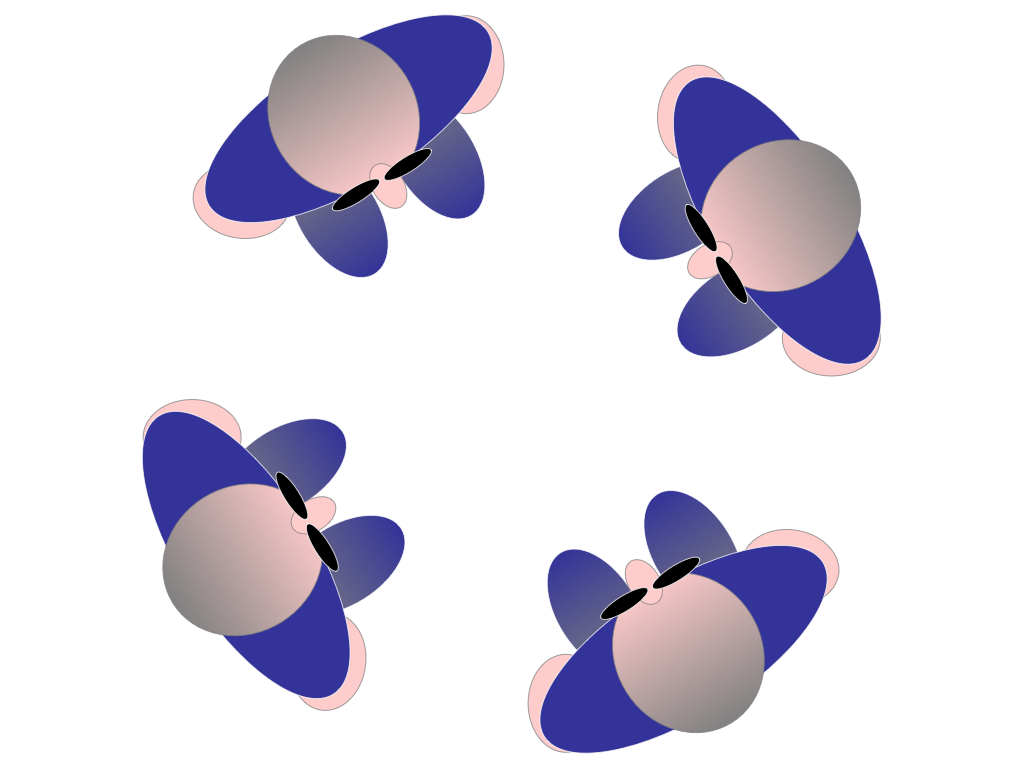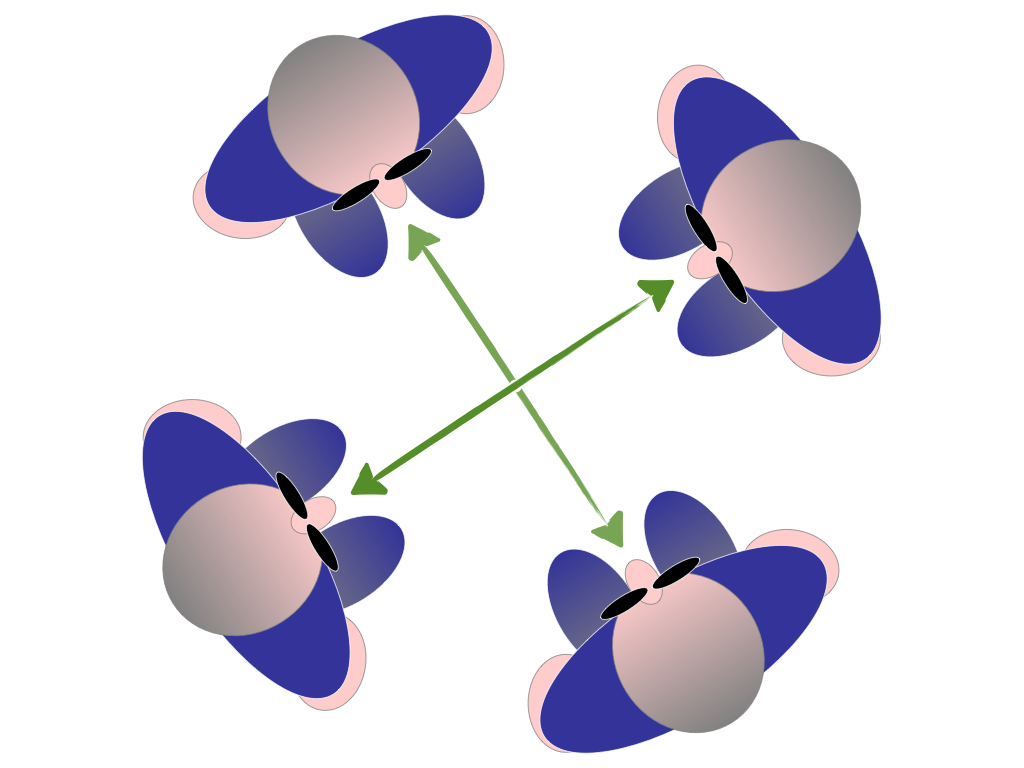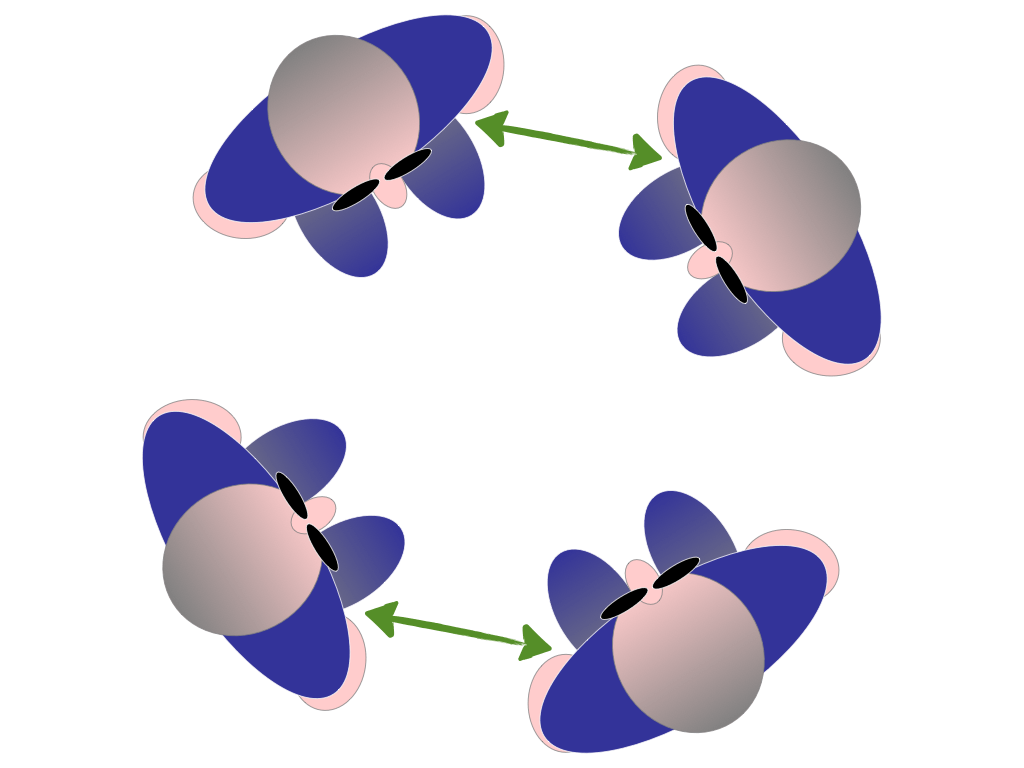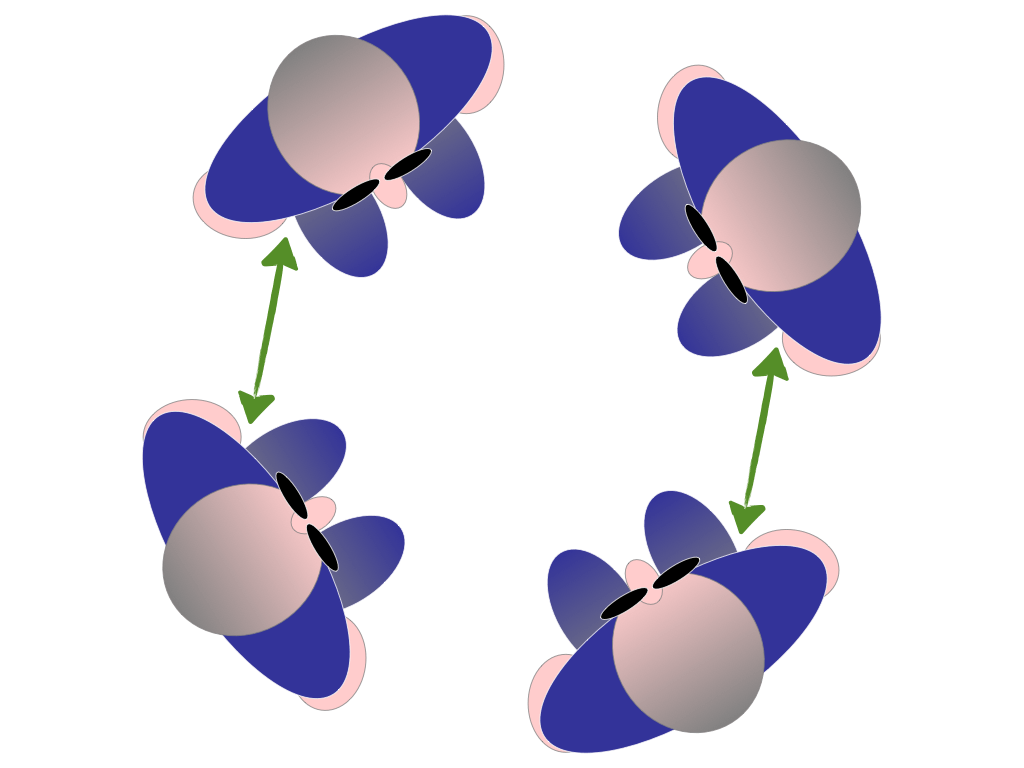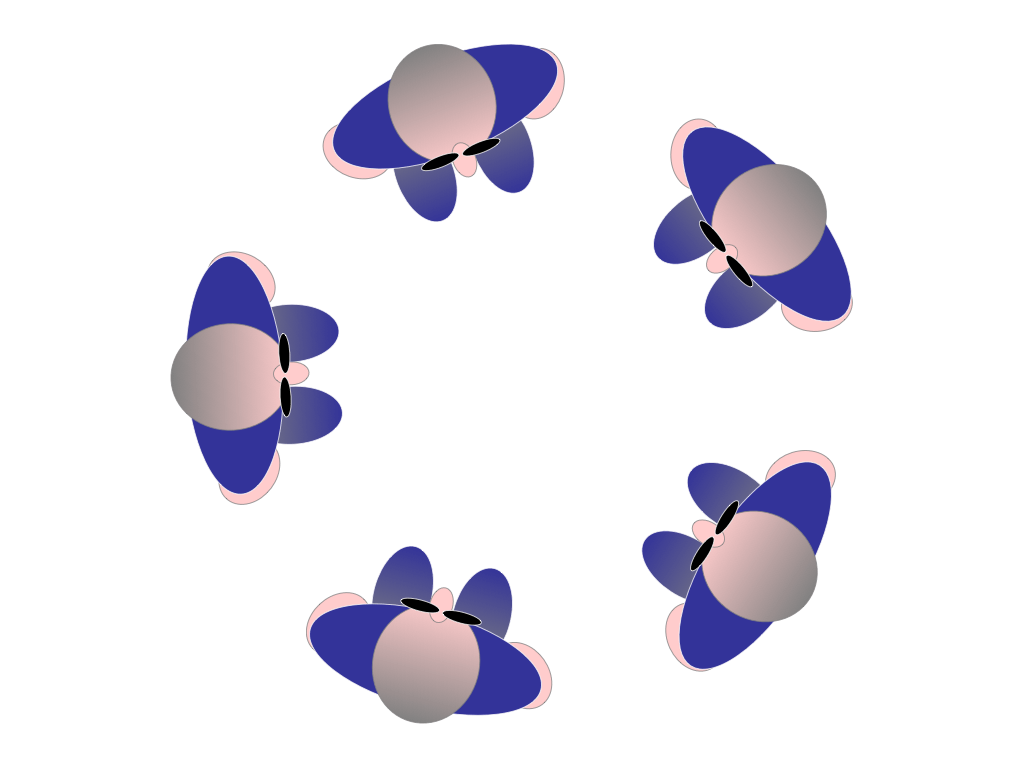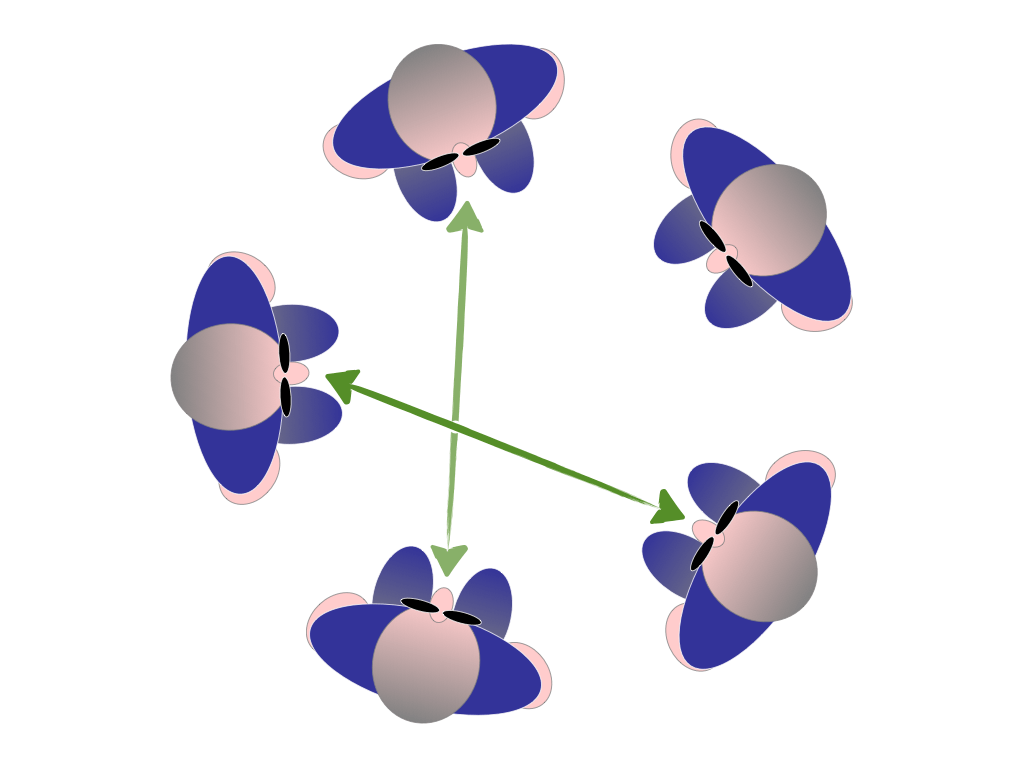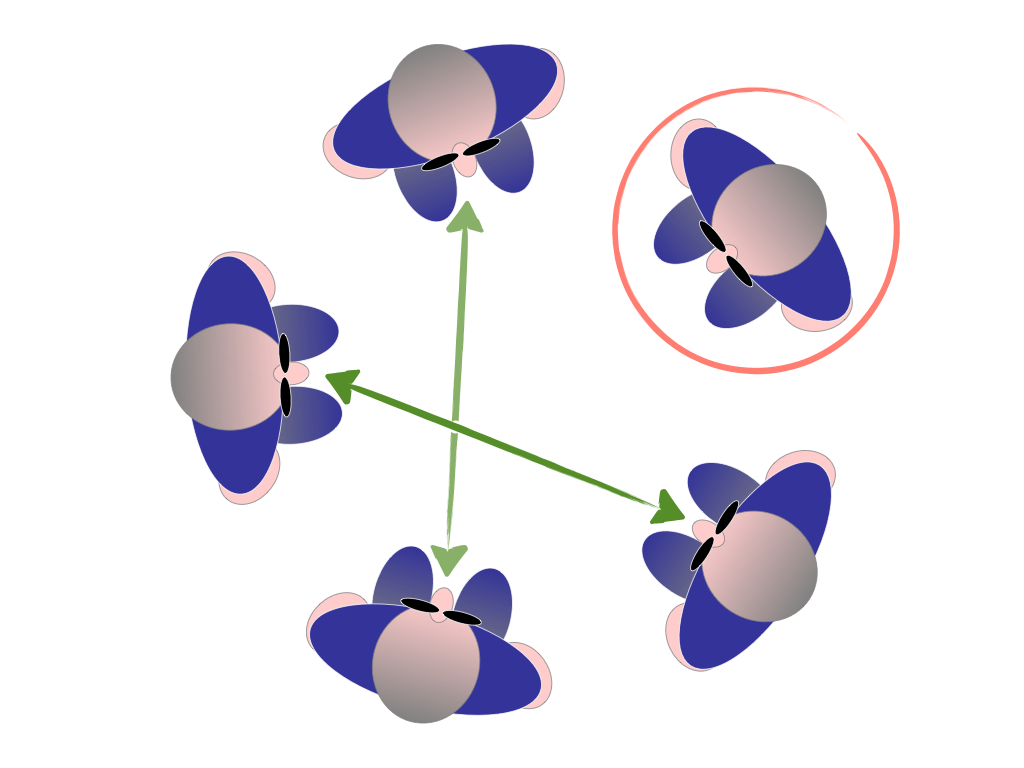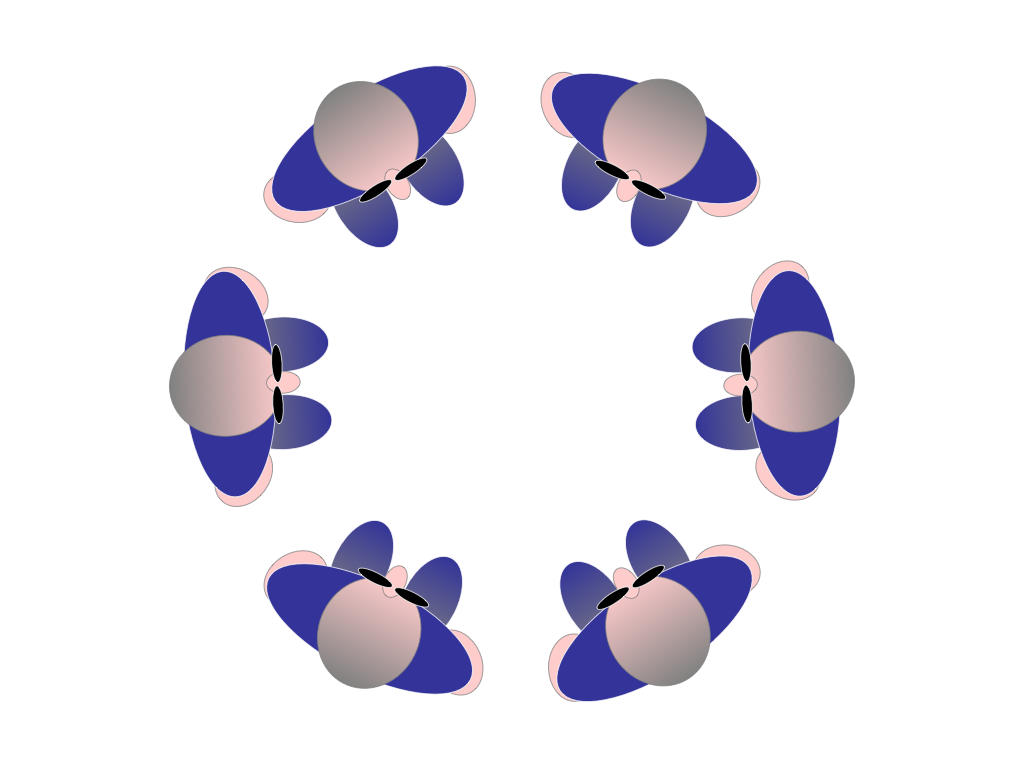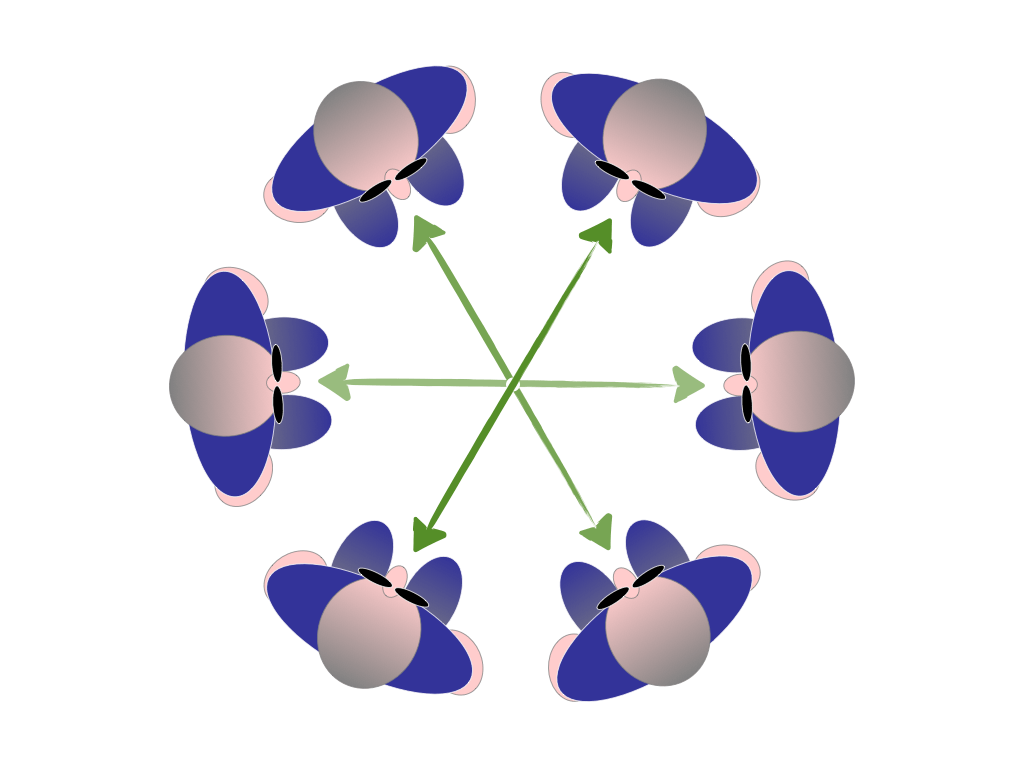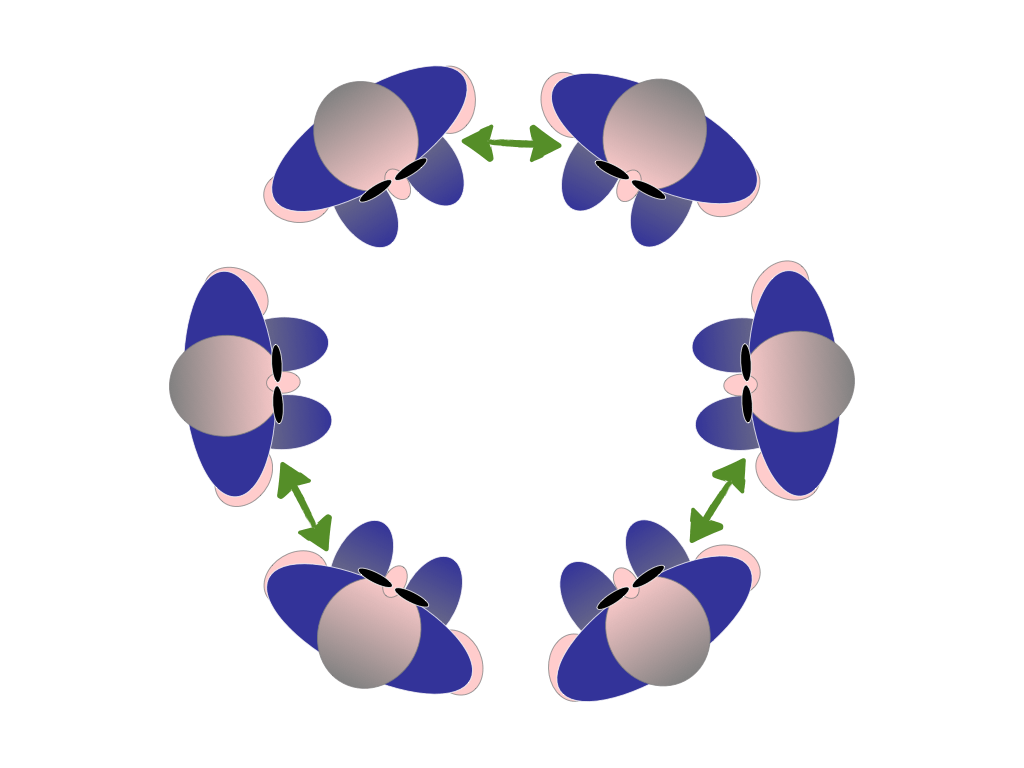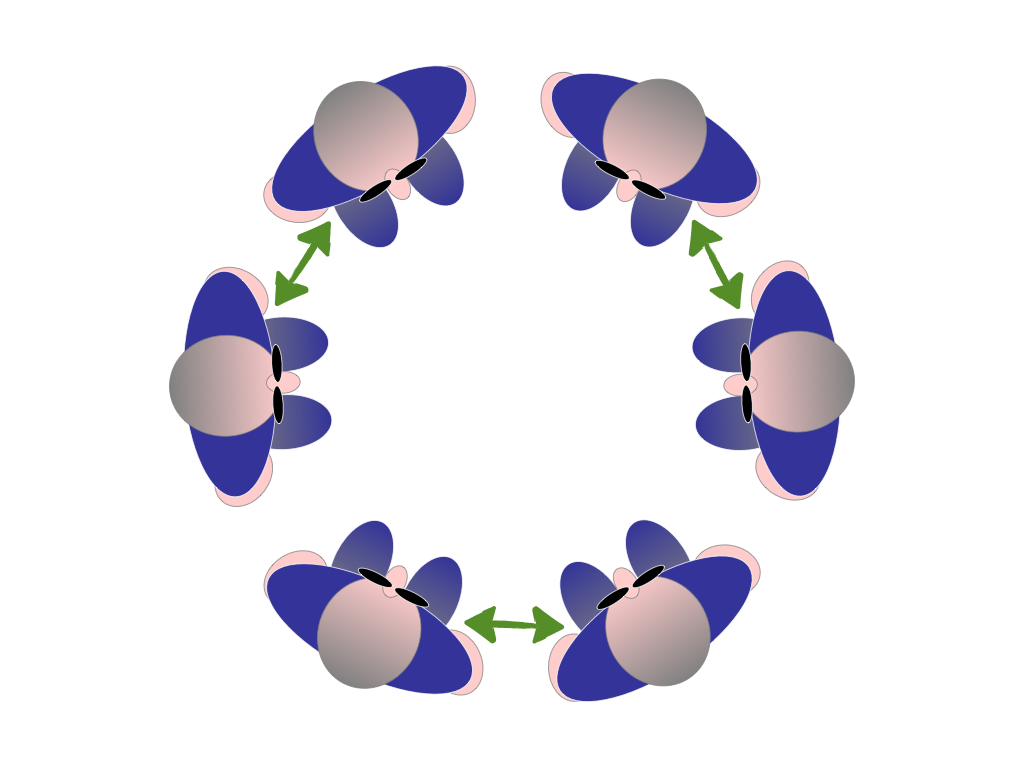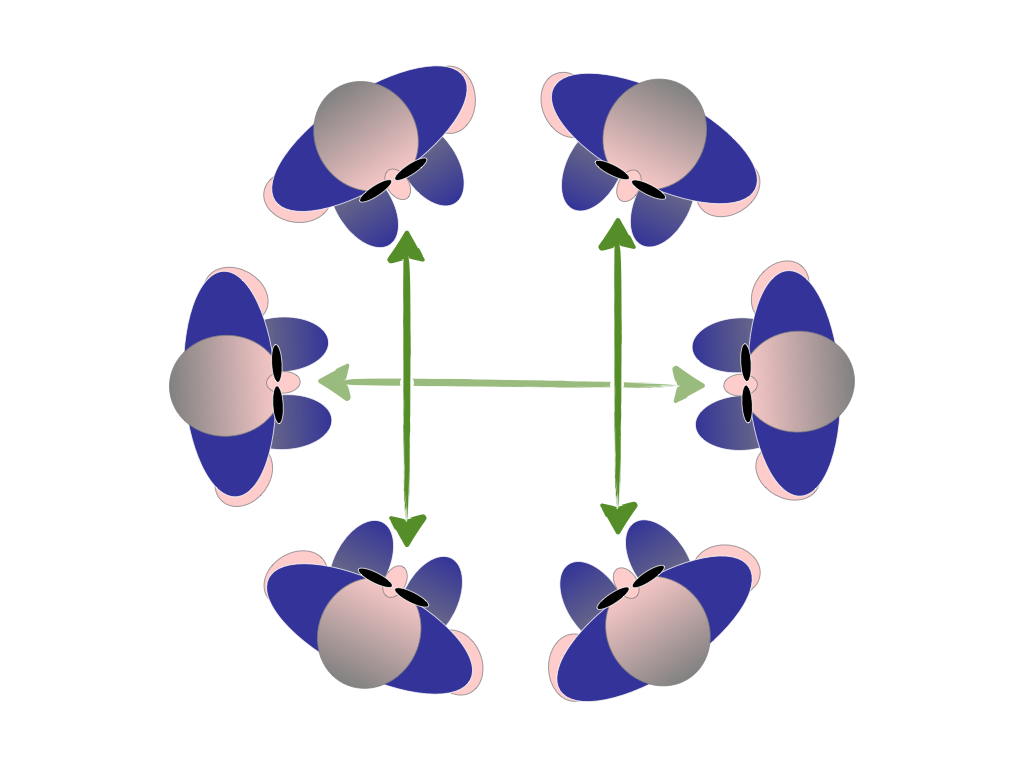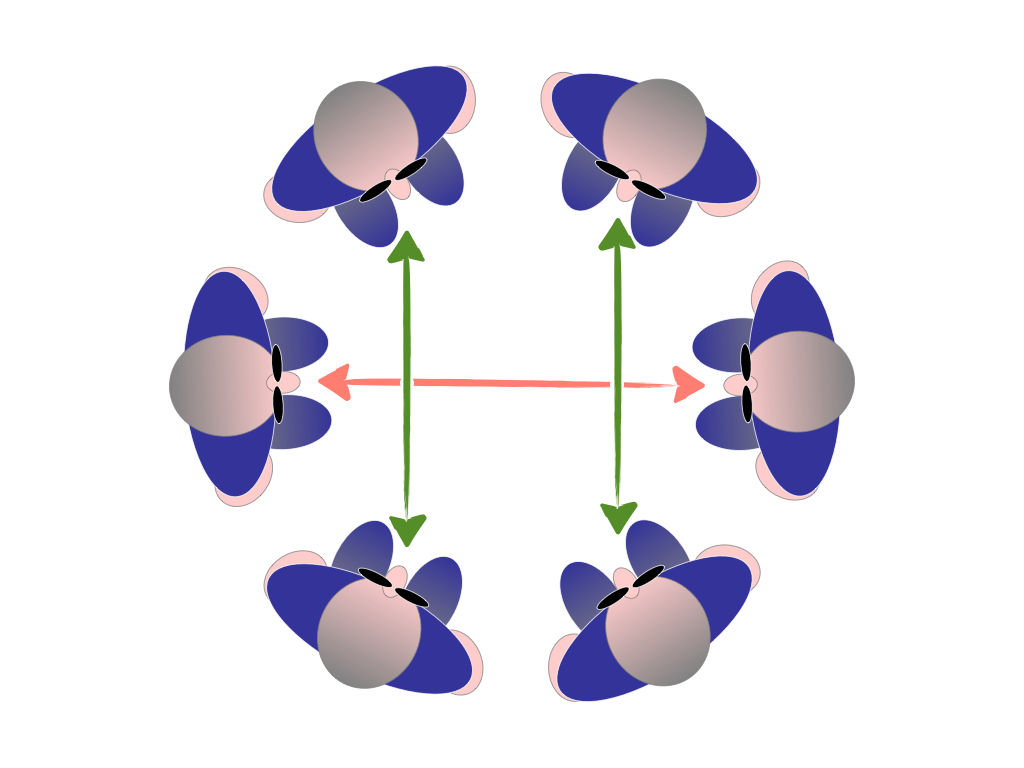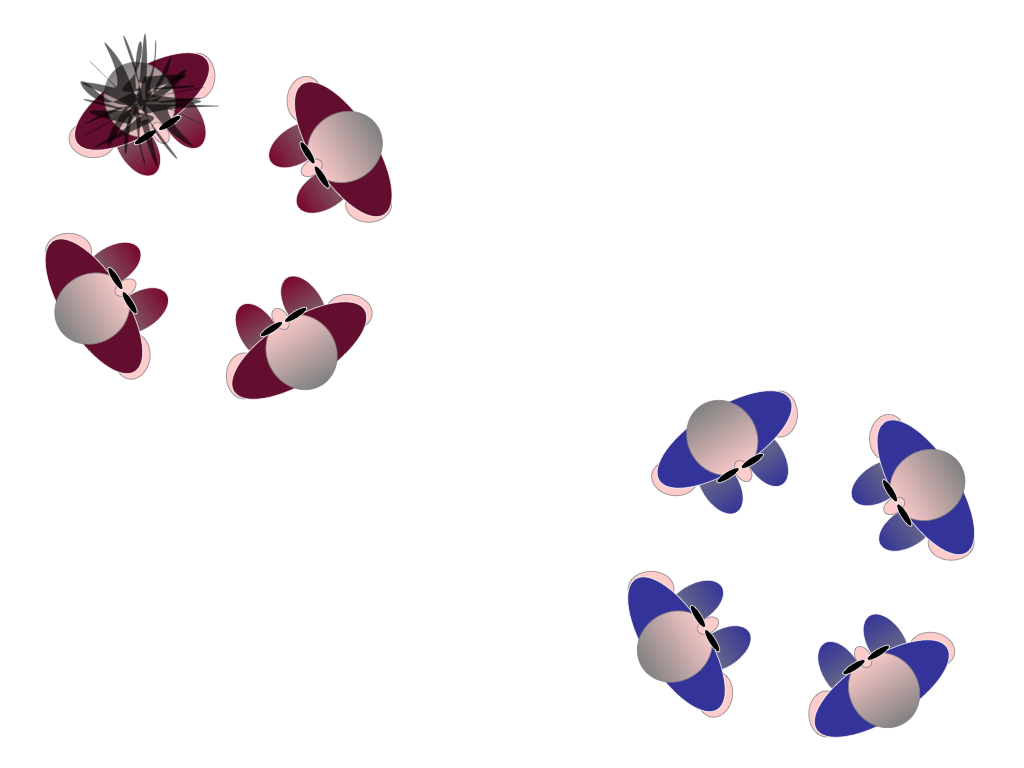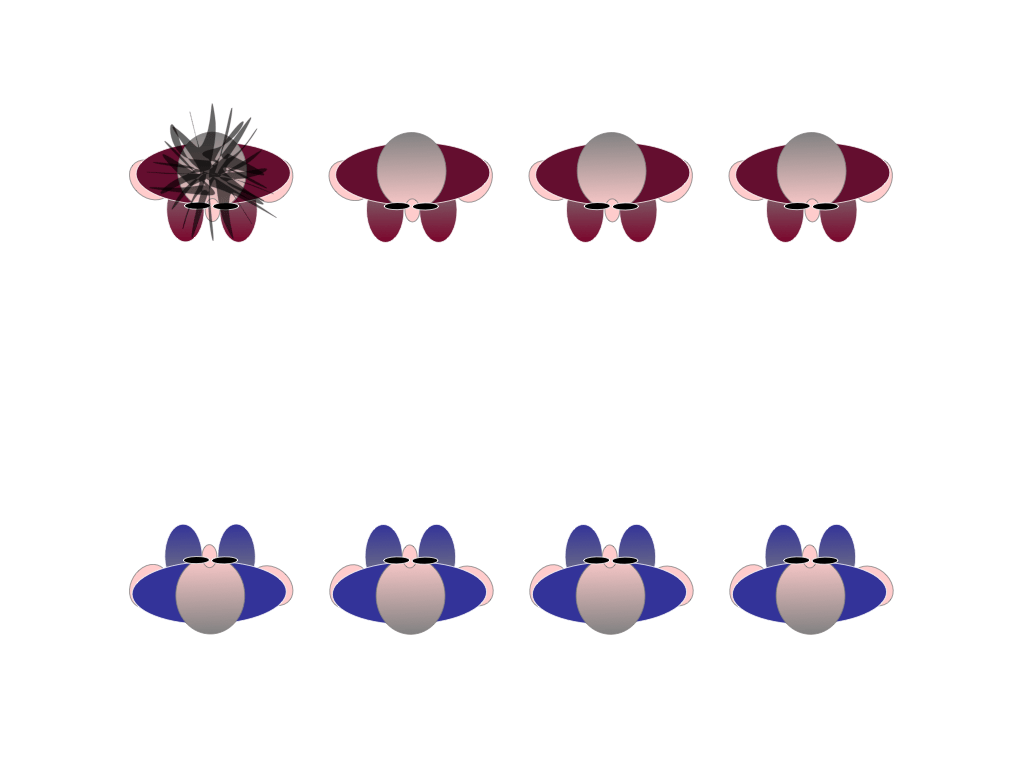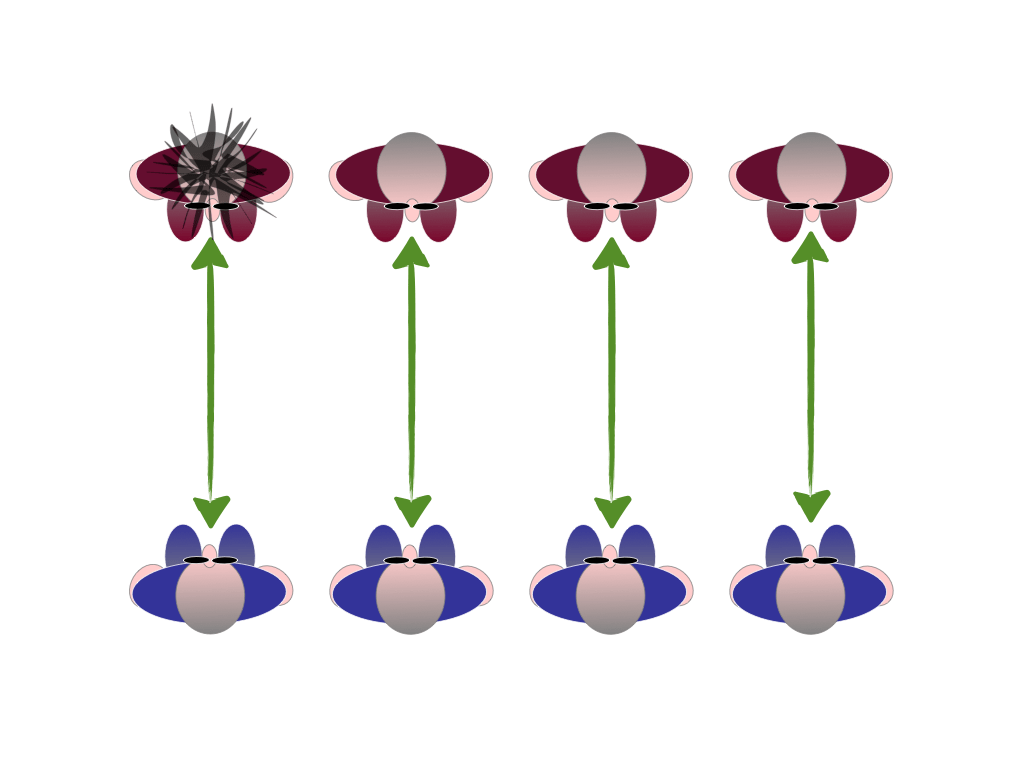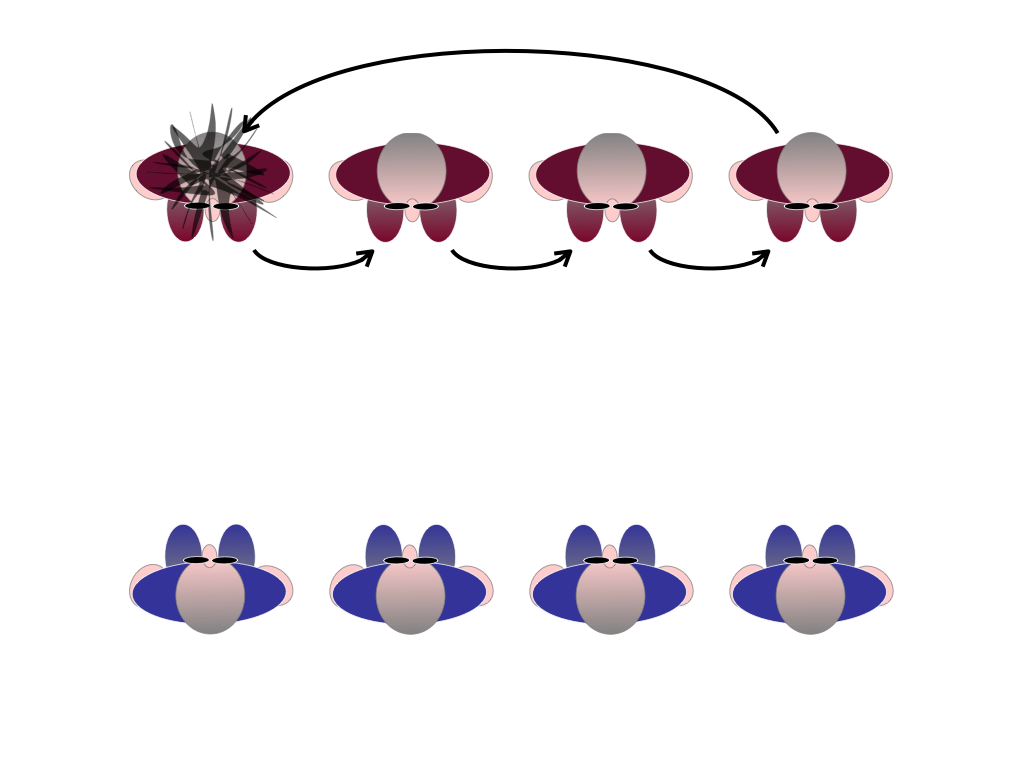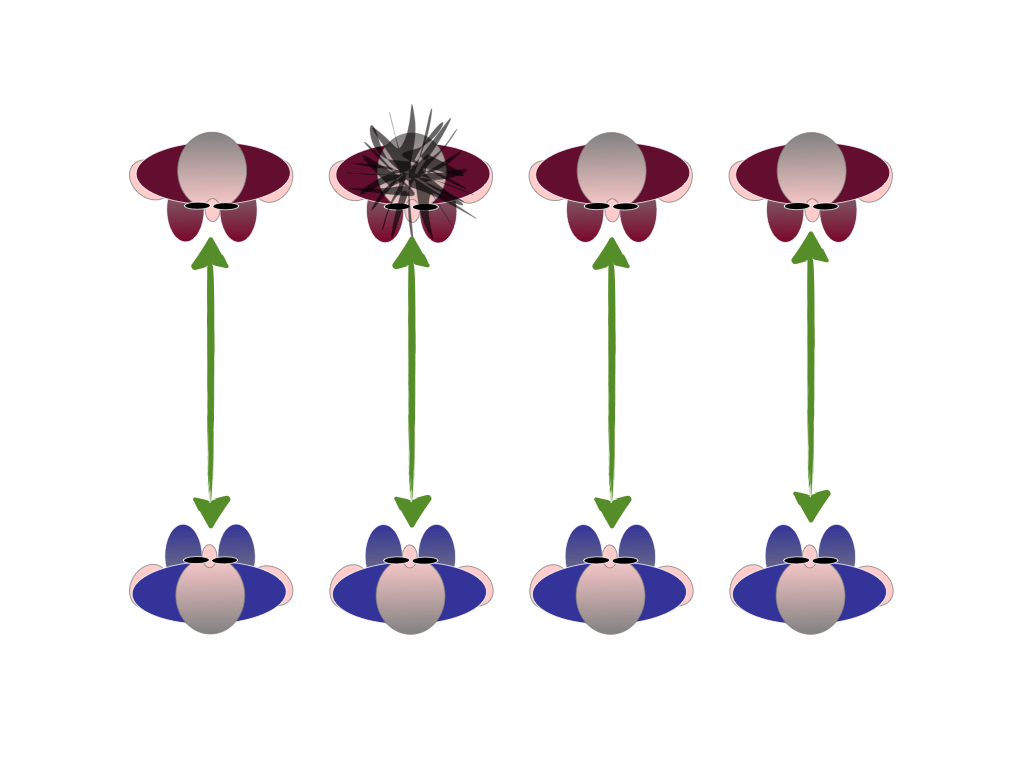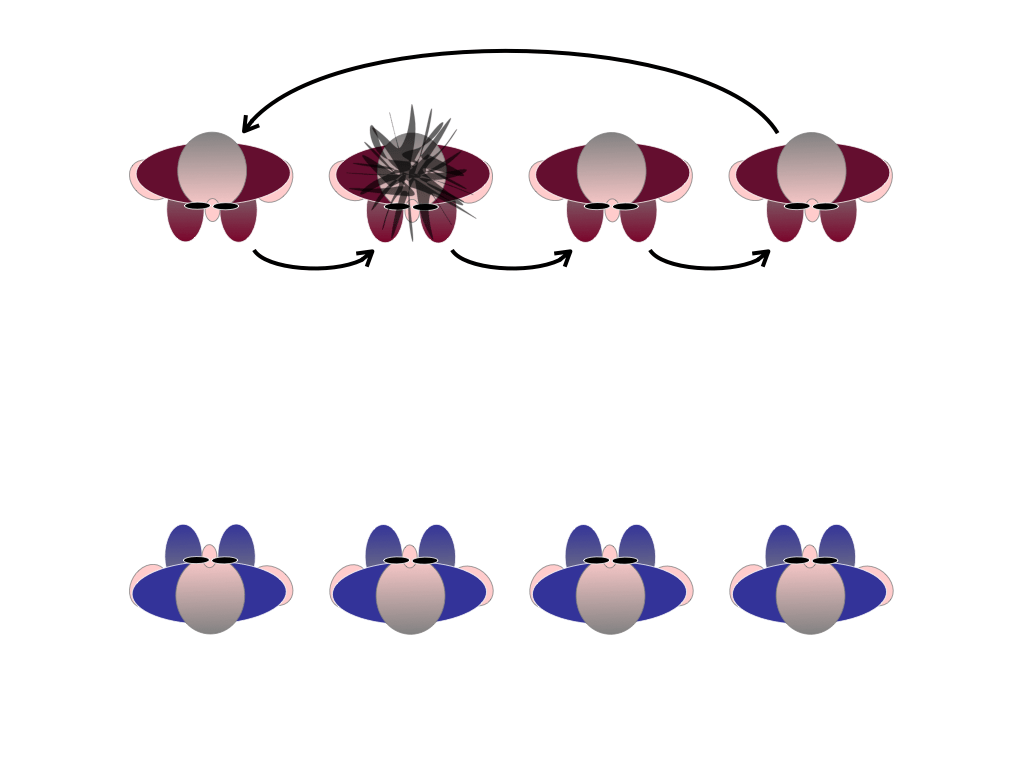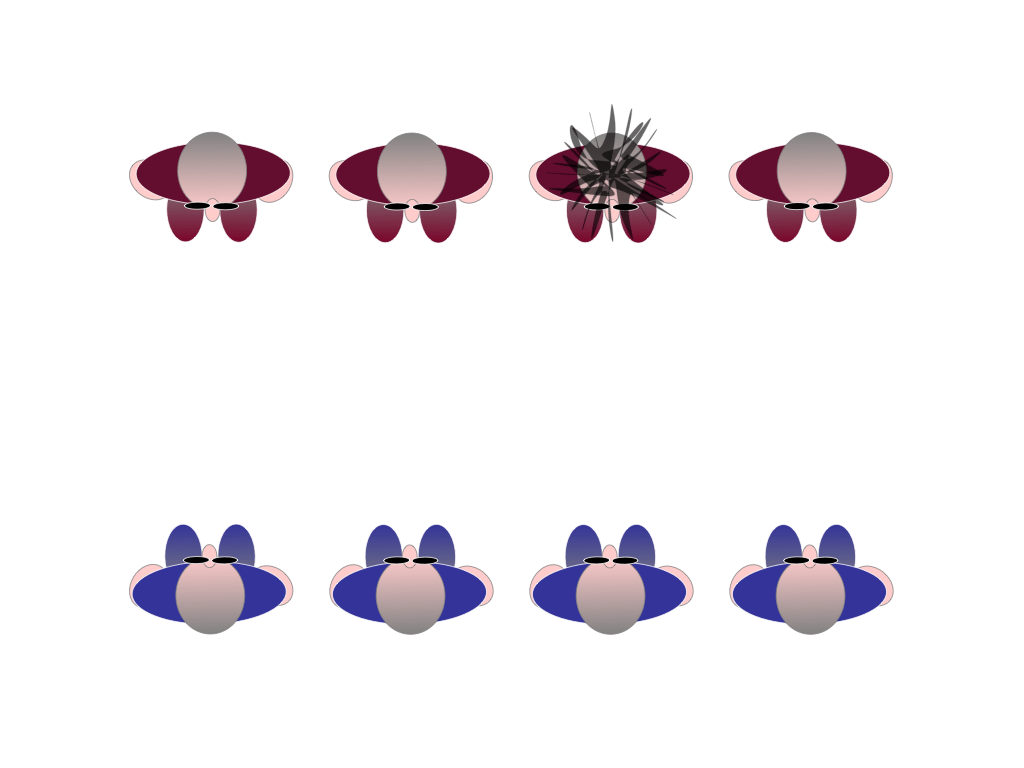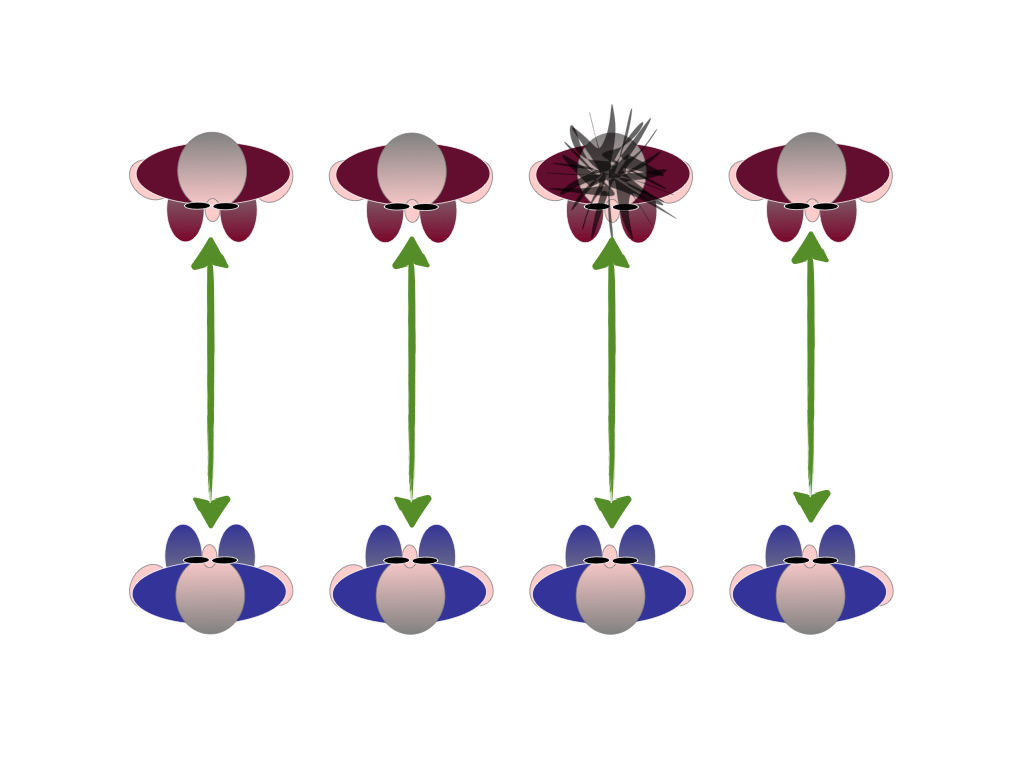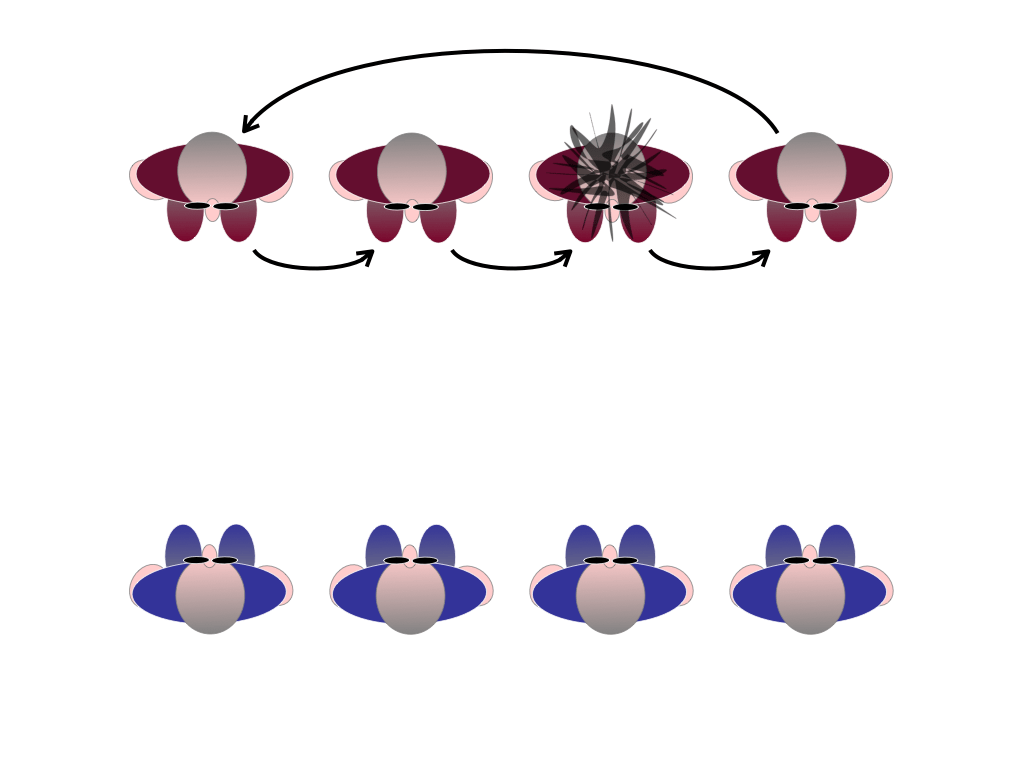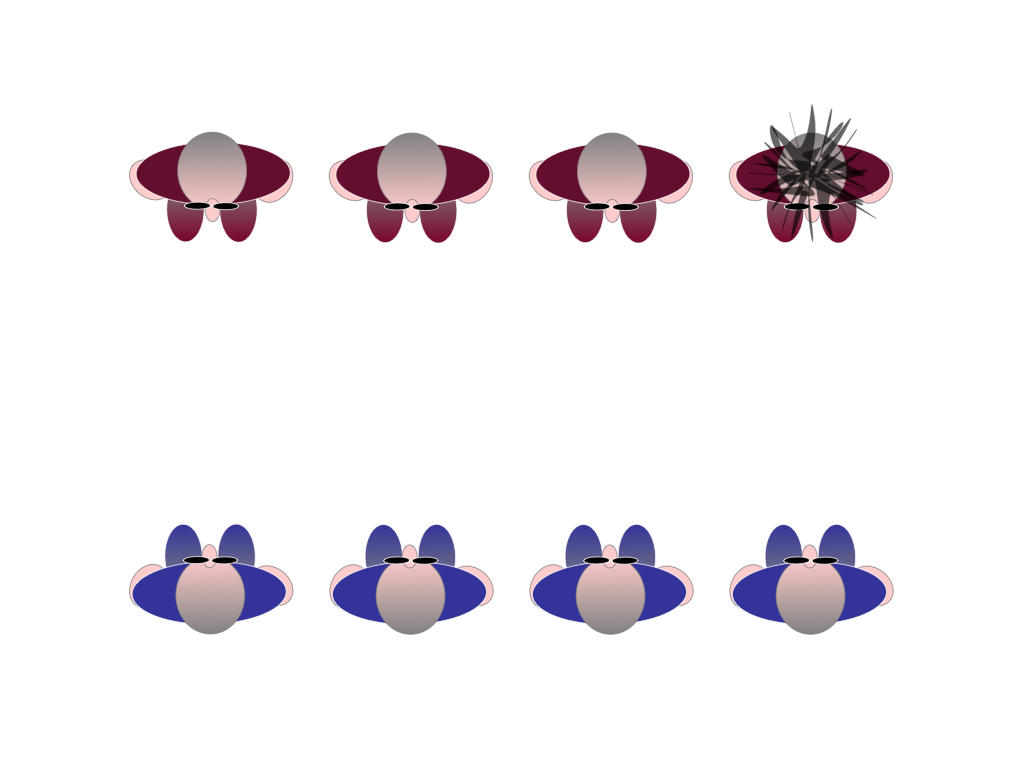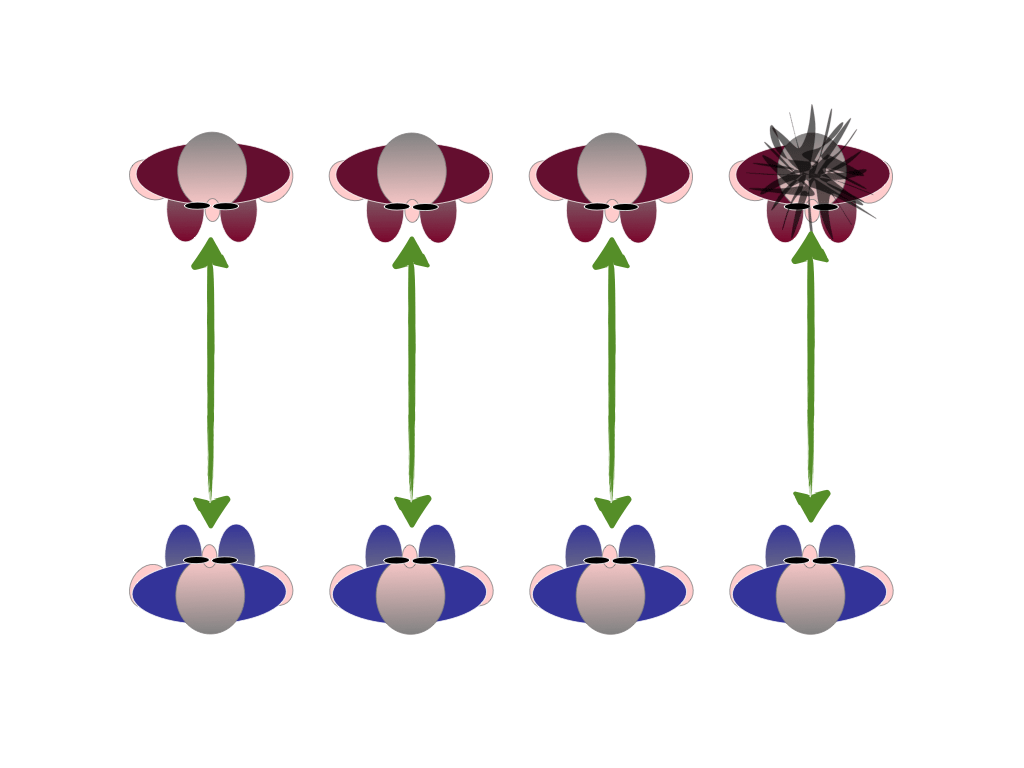Patterns
Kindergarten students argue about which beetles belong to the collectible family. The photographs of these beetles are from Dr. Udo Schmidt, a retired beetle collector in Germany. Thanks Udo!
A game to get your students talking about attributes. One player chooses a template and secretly chooses how to split the members of the group in two. Everyone else tries to guesses the rules governing the split.
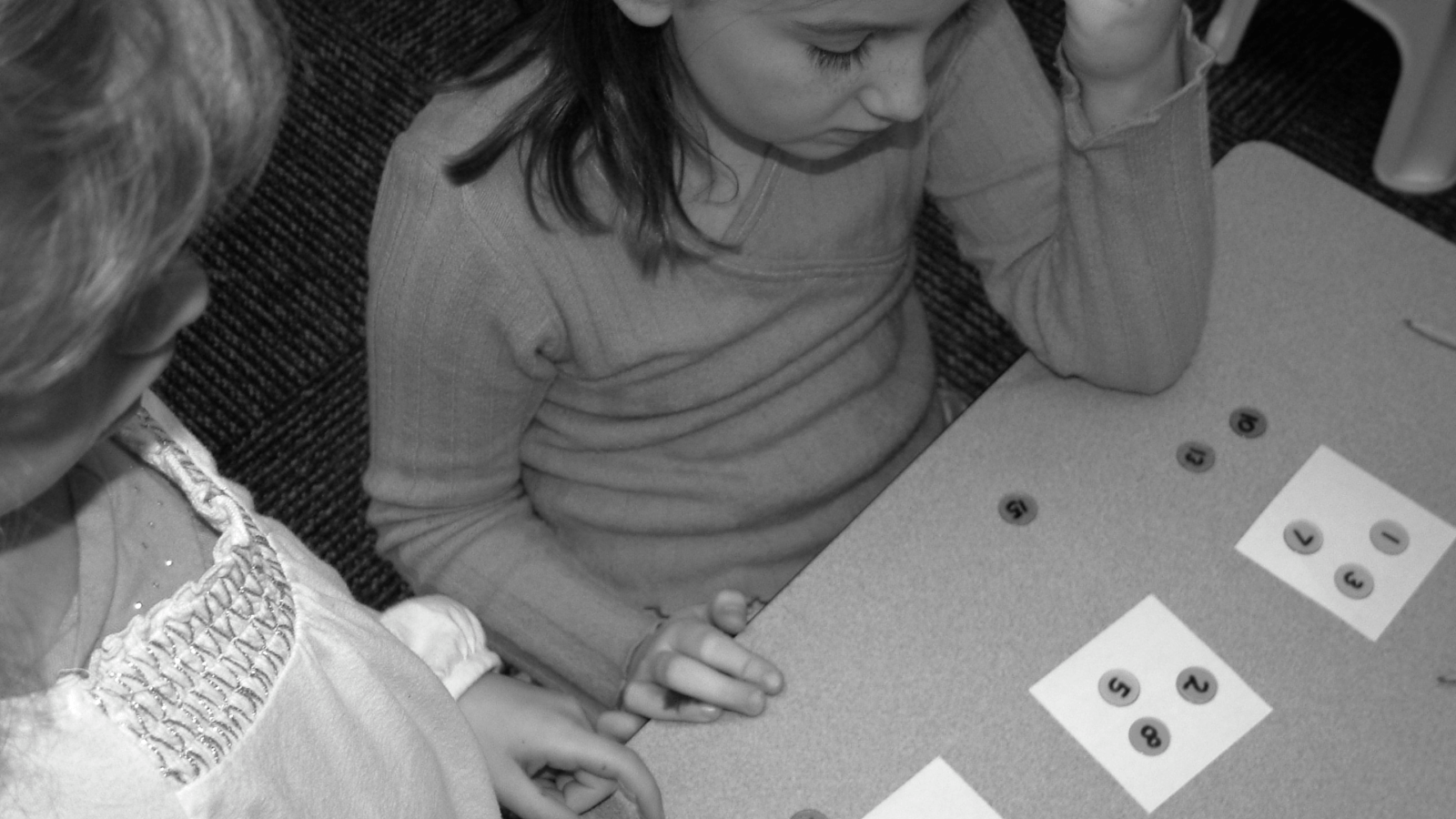
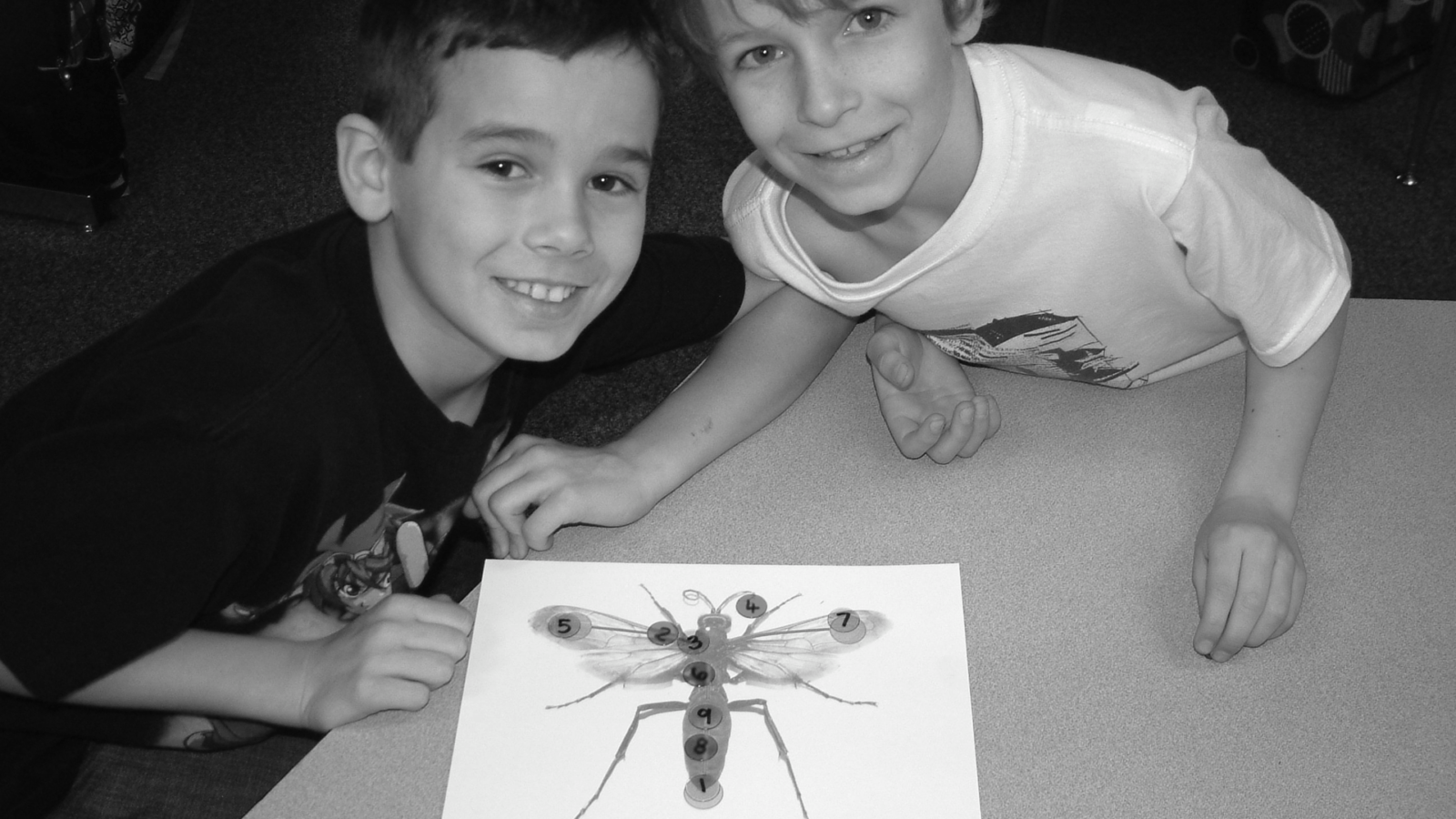
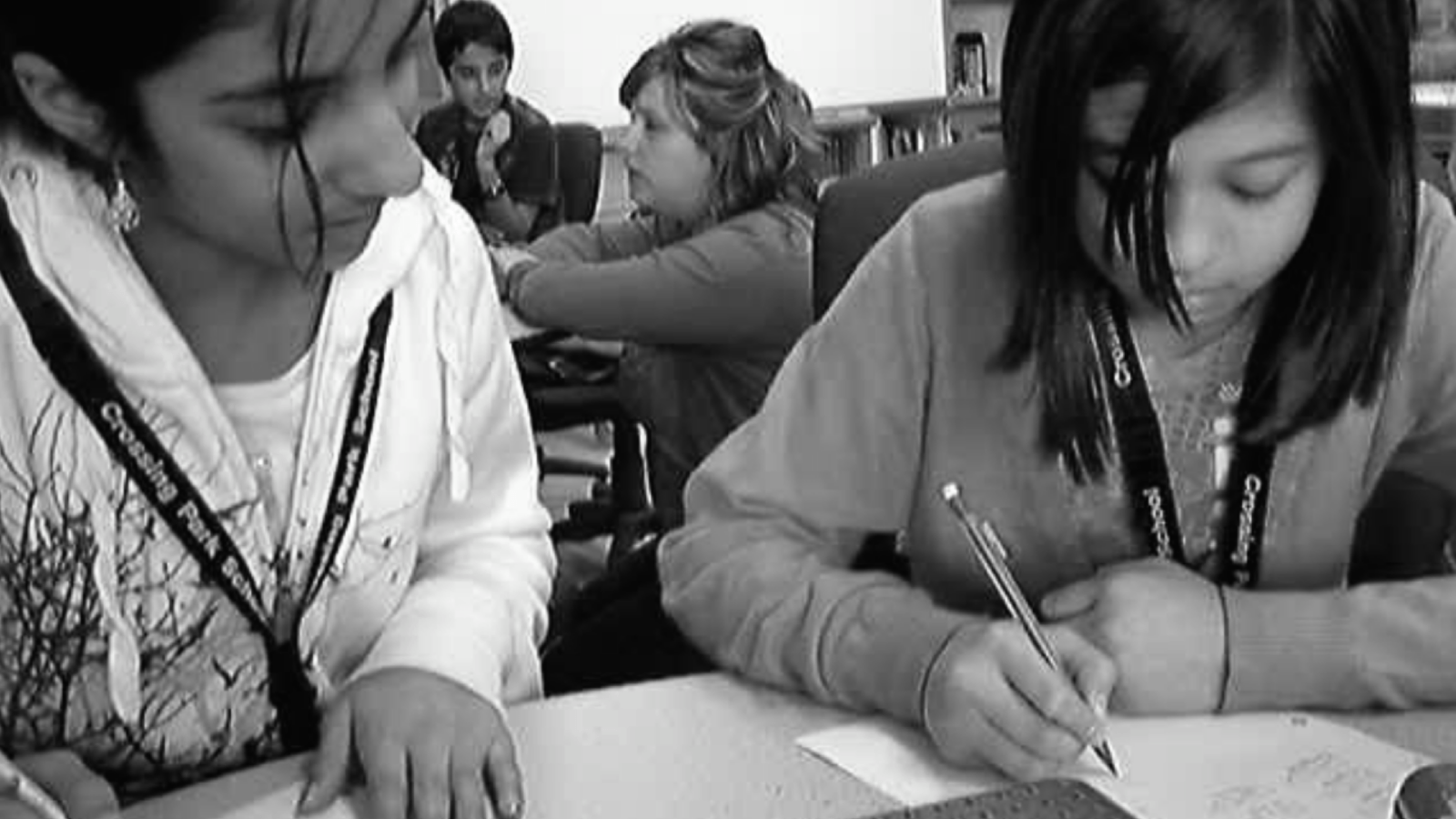
Venn diagrams are not taught well anywhere.
With little effort, these diagrams can be brought to life with beauty and by going beyond that little 3 circle Venn diagram. At the very least a teacher should end a lesson on the three circle Venn diagram with a question: "I wonder if this is possible with four circles?"
But we can go much, much further... and the puzzle sheets created below are designed to get you there 😉
"Venn for Polygons" is a highly engaging puzzle that gives students ages 8+ practice with properties of polygons. All edges are the same length unless they are obviously different lengths. Thanks to student Calvin Chan for finding a shape that was a little wonky 😉
"Mishap at Venn Zoo" is a full presentation of a polyomino variant that includes rotational symmetry. This is good for students as young as 8 or 9.
"ToothPick Polygons" has got a tough second question, but the first part is as easy as "Mishap at Venn Zoo."
Math Puzzles do not get more beautiful than this one from Japan. It should be used by elementary instructors who need to give their students practice holding a ruler and drawing a straight line. They should also be used as an example of an inequality for students learning algebra.
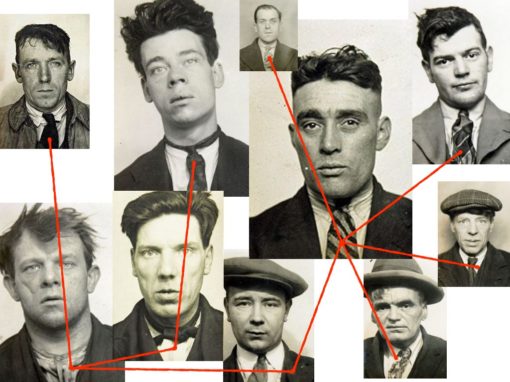
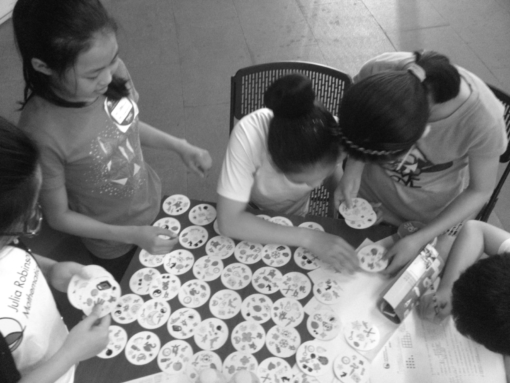
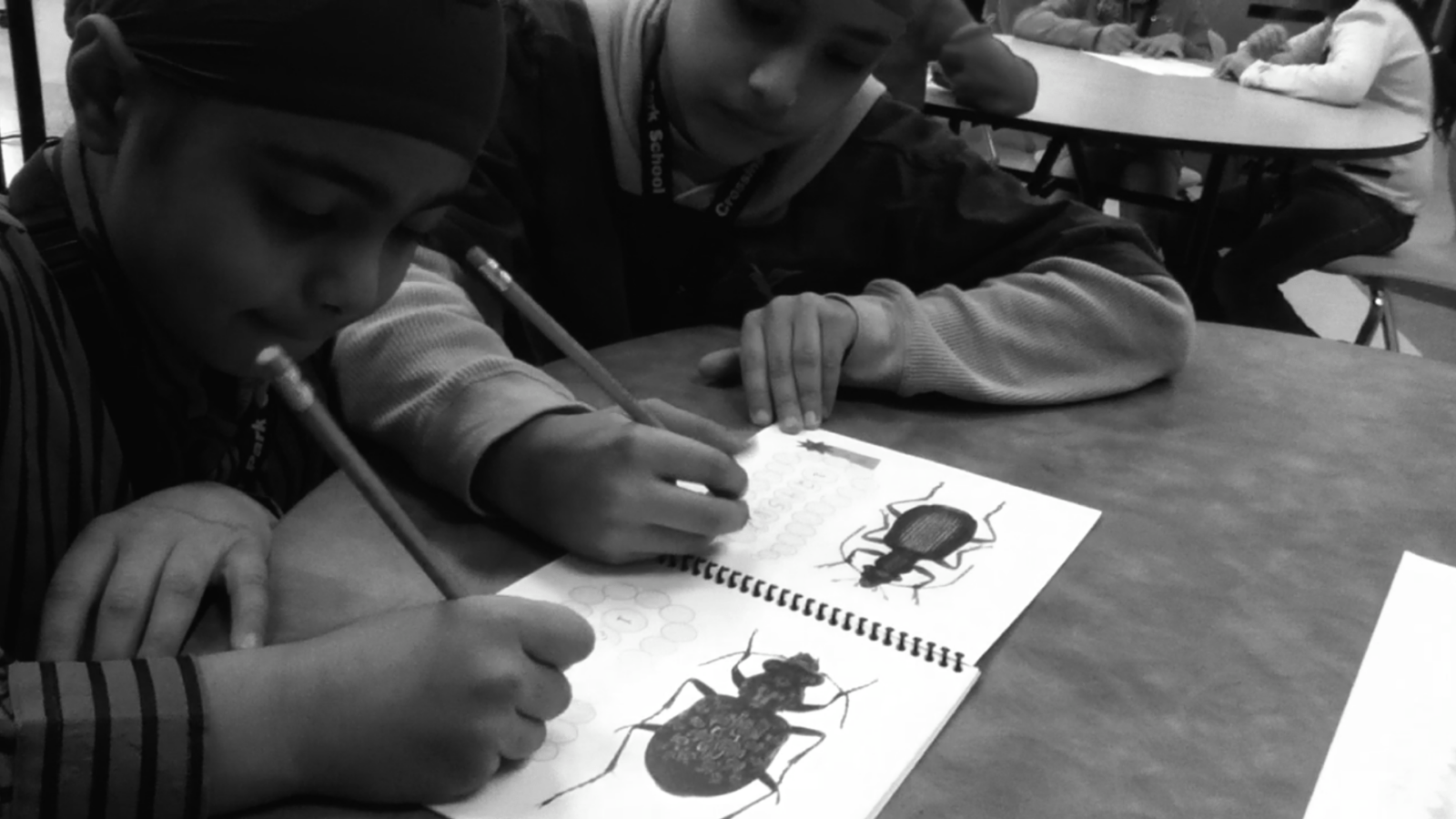
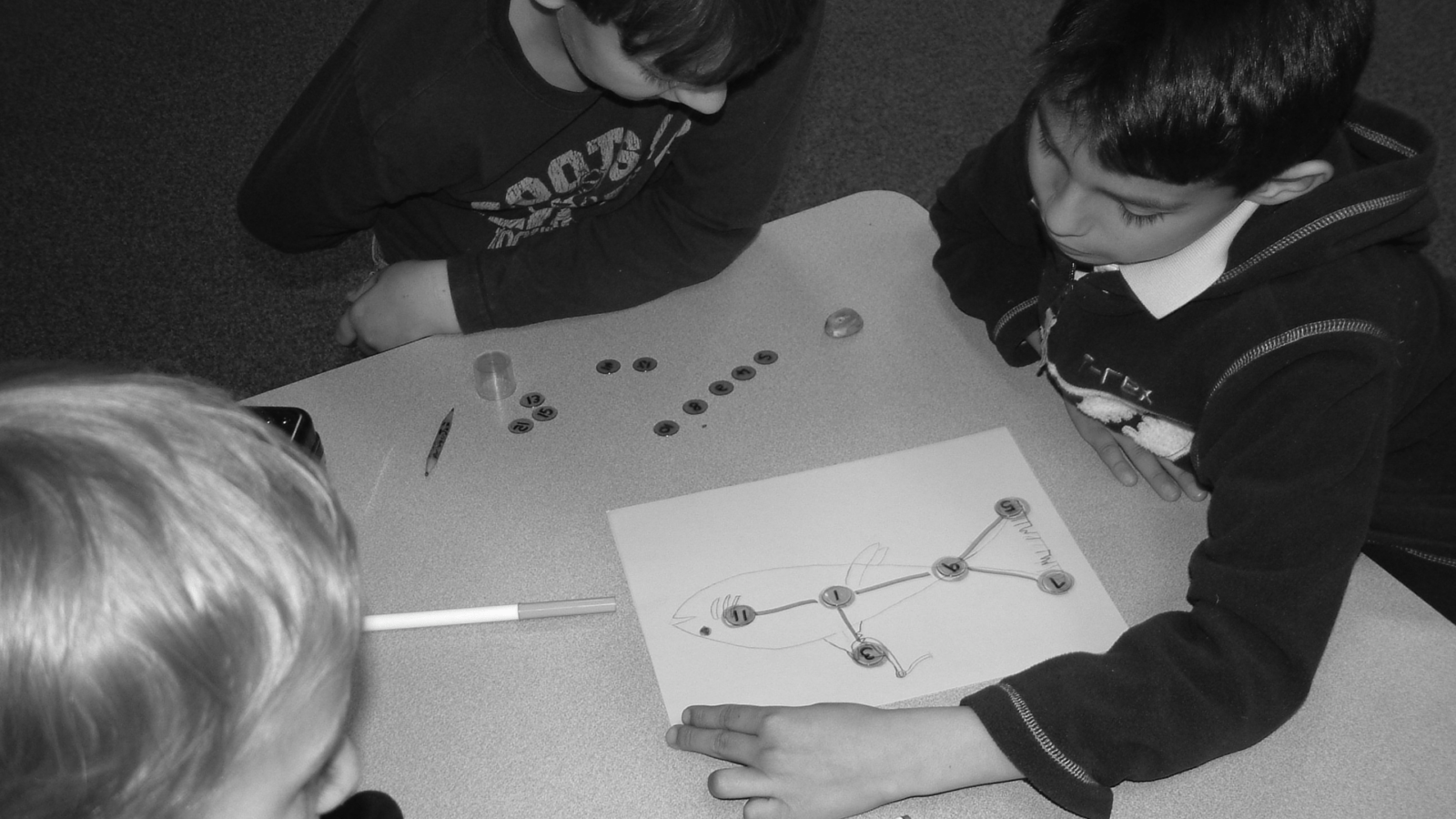
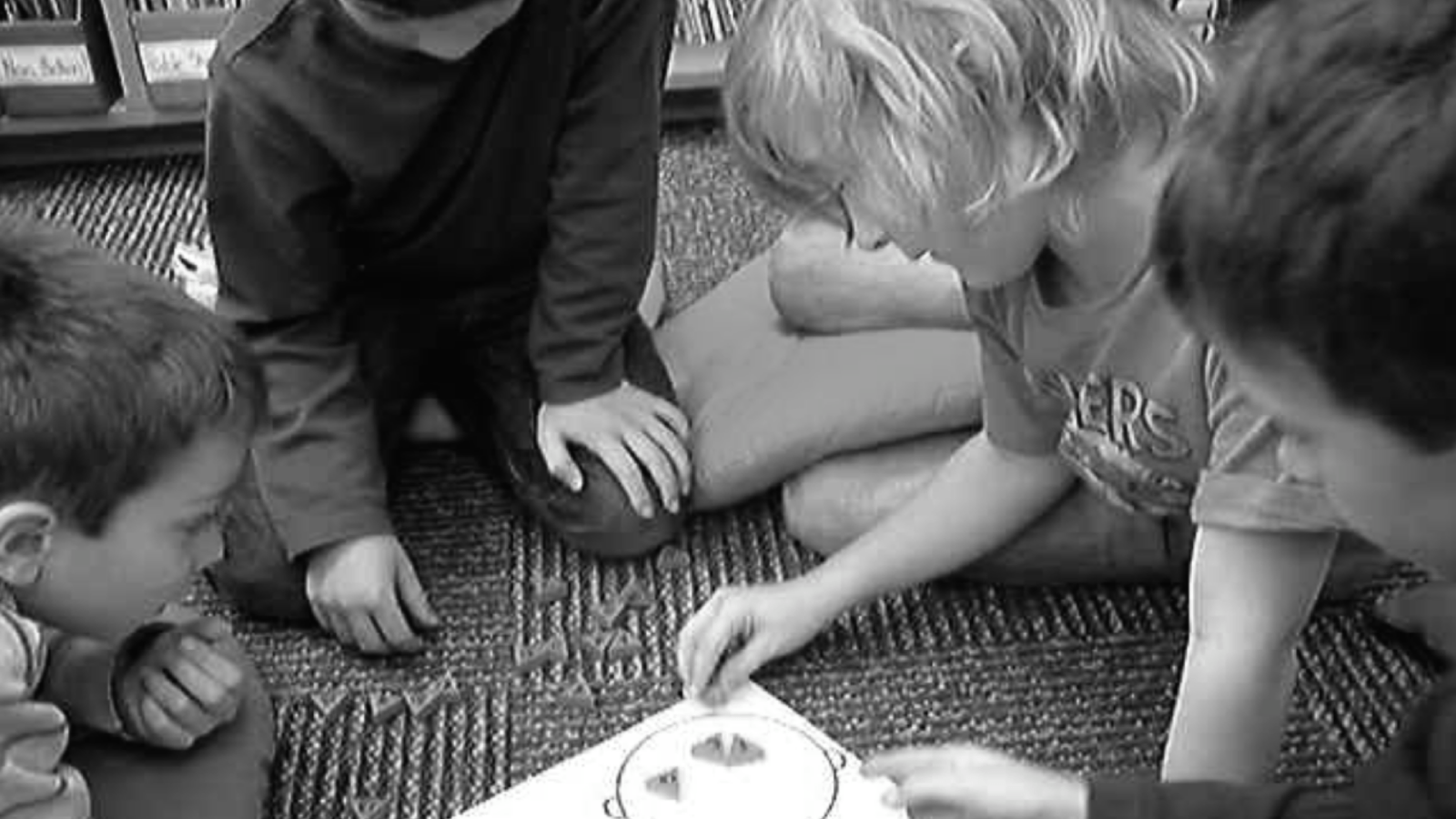
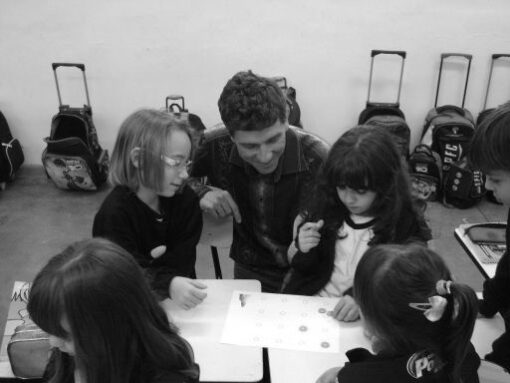
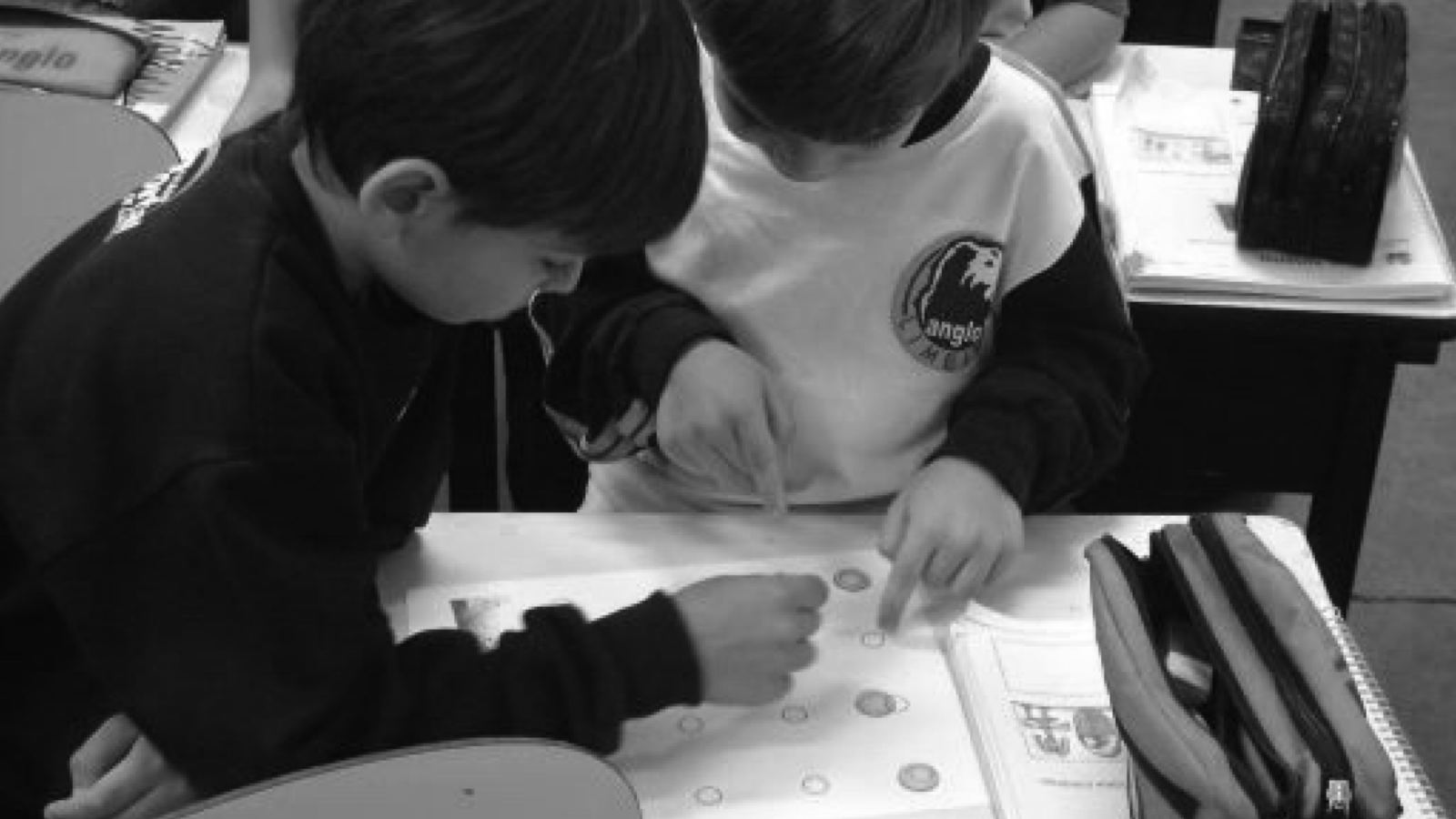
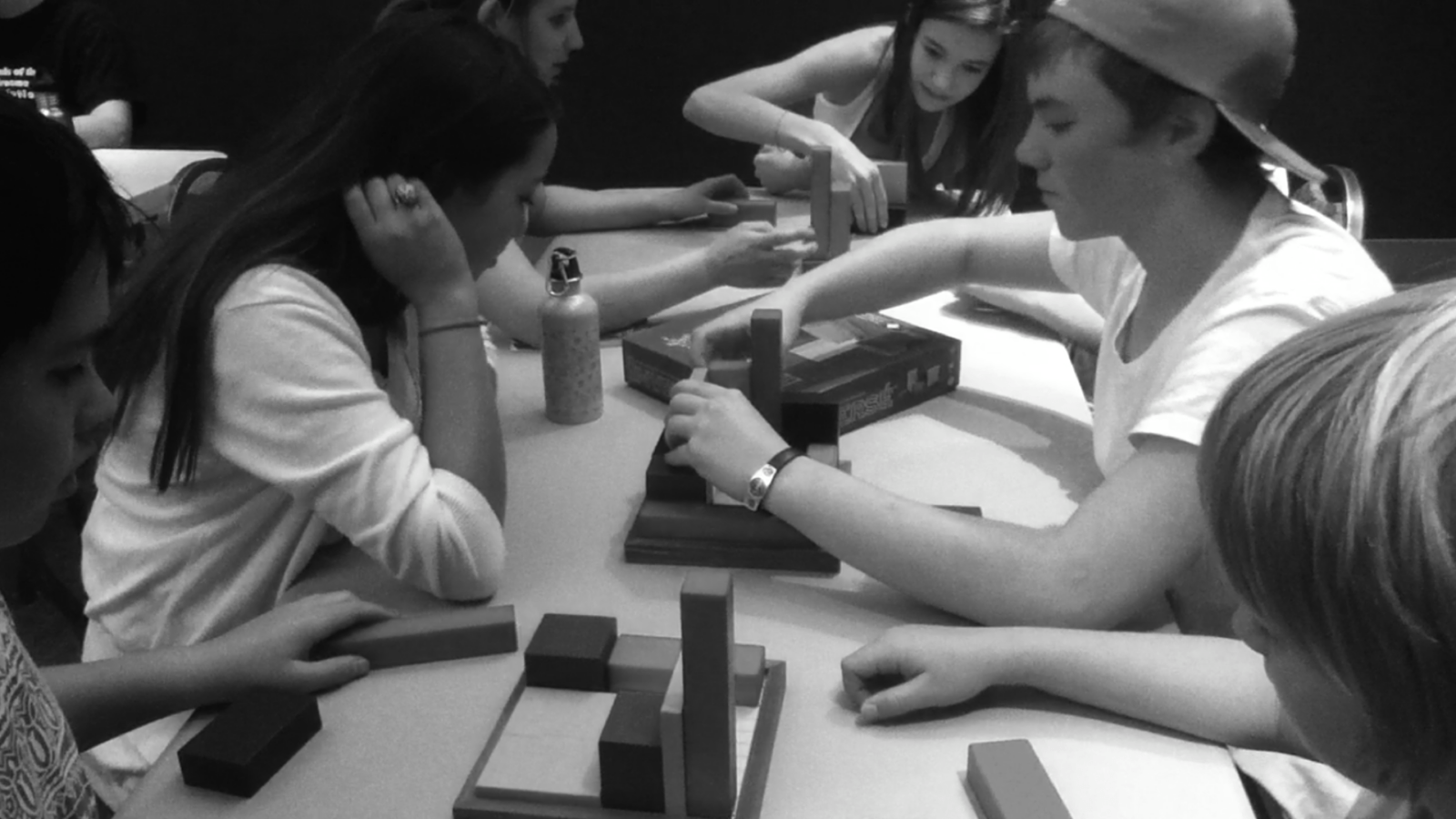
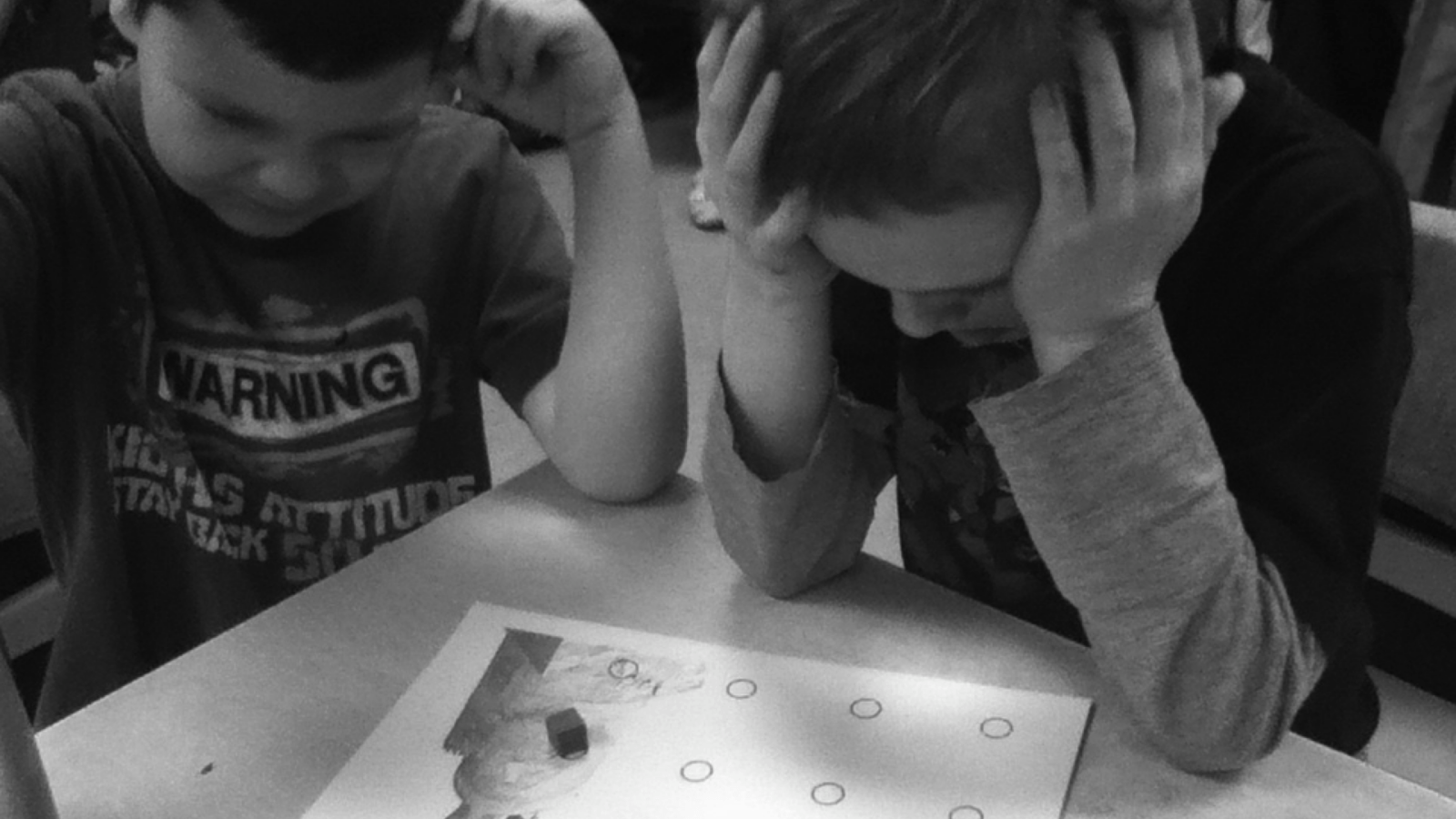
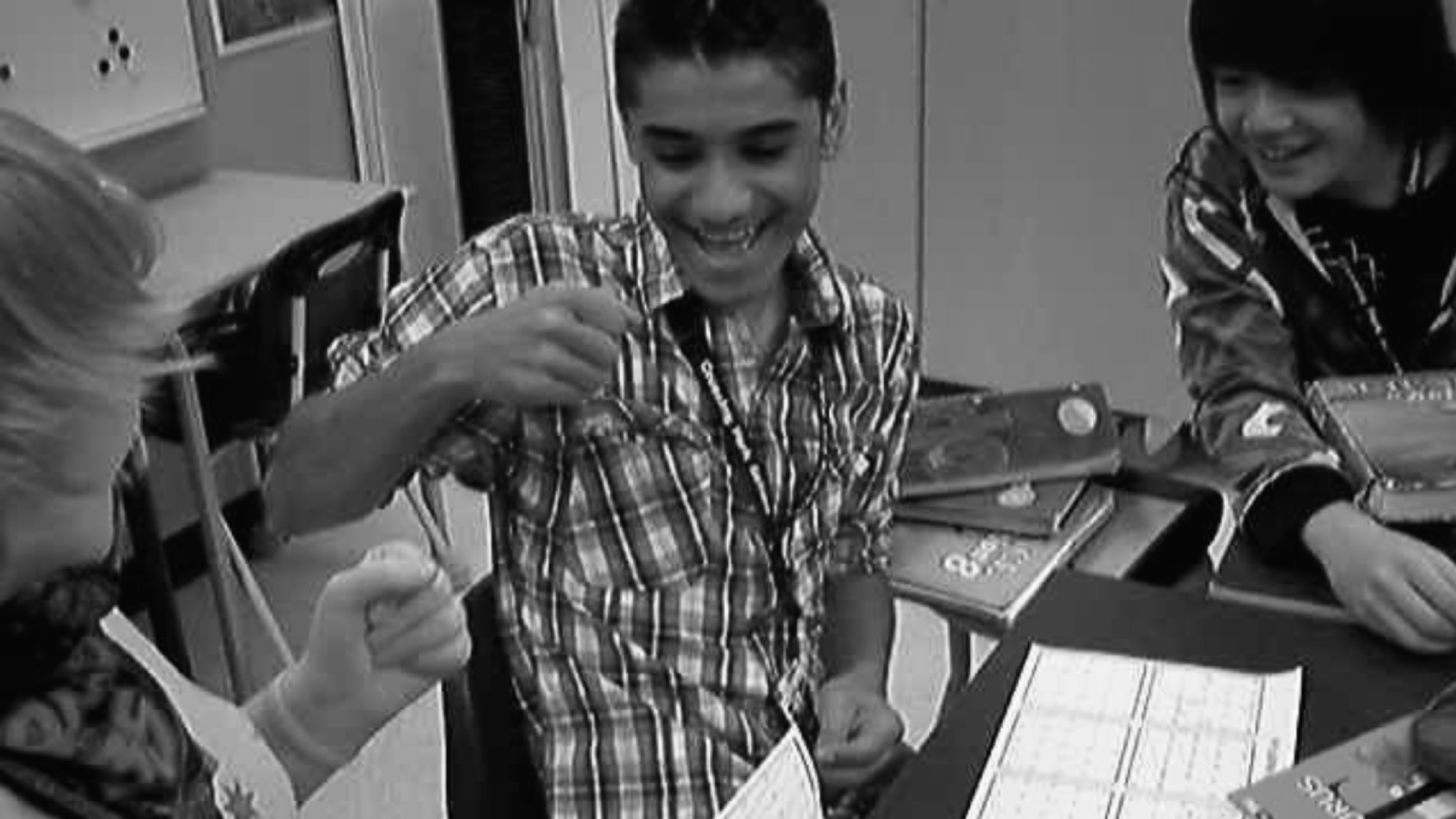
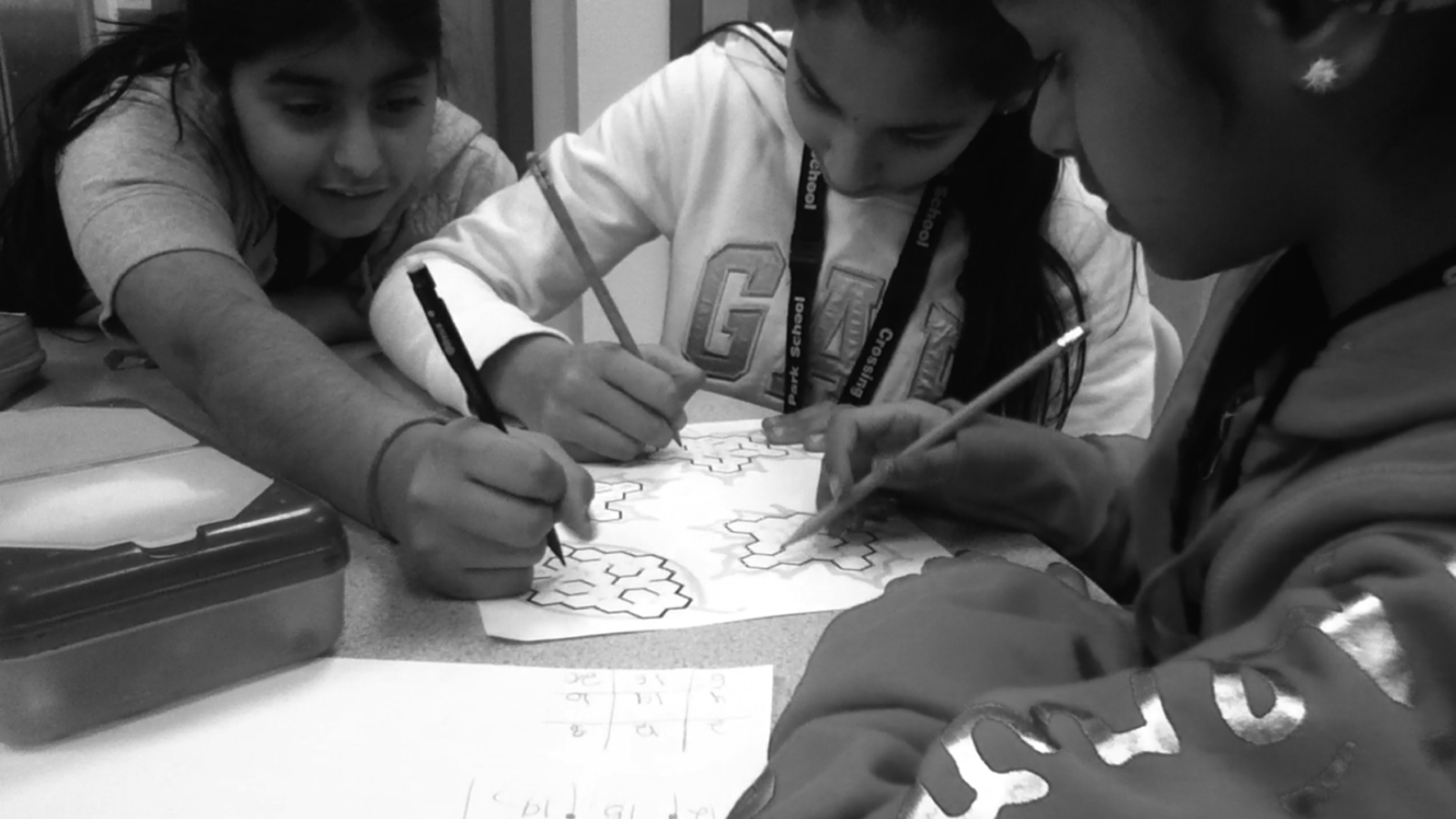
Please use MathPickle in your classrooms. If you have improvements to make, please contact me. I'll give you credit and kudos 😉 For a free poster of MathPickle's ideas on elementary math education go here.
